Nice leader. Disciplined with time and good knowledge.





See all





Itinerary
Reporting Point: Botanical Garden Metro Station, Noida
Departure Time: Around 8:30 PM by Tempo Traveller or Volvo
Overnight Journey: Road trip to Lohajung (~500 km | 15–16 hrs) via Rishikesh, Karnaprayag, and Tharali
Tips: Carry snacks, warm clothing, and a power bank for the long ride
Morning Arrival: Check-in to homestay or guesthouse in Lohajung
Rest & Acclimatization: Relax and explore the local village; visit nearby confluences like Kali and Pindari Rivers
Trek Briefing: Gear check and orientation by trek leader
Dinner & Stay: Overnight at Lohajung
Trek Distance: 7–8 km | 4–5 hrs
Trail Details: Mixed trail of ascent and descent through rhododendron forests, wooden bridges, and quiet mountain paths
Village Stay: Enjoy local culture, hot food, and homestay warmth
Dinner & Rest: Overnight at Didina Village
Trek Distance: 9–10 km | 6–7 hrs
Ascent: Challenging climb through oak forests till you reach the vast meadows of Ali Bugyal
Highlight: First full panoramic view of the Garhwal Himalayas
Camp Setup: Tents pitched amidst open grasslands
Dinner & Stay: Overnight in tents at Ali Bugyal
Trek Distance: 5–6 km | 3 hrs
Easy Trail: Gradual walk across the ridge with vast meadows
En Route Sightseeing: Bedni Kund, a sacred lake, and famous campsite
Exploration: Witness stunning views of Trishul and Nanda Ghunti
Dinner & Stay: Camp at Bedni Bugyal
Trek Distance: 5–6 km | 3–4 hrs
Trail Type: Rocky sections begin, thinner air—ideal for acclimatization
Stay: Set up tents at Patar Nauchani surrounded by rugged terrain
Evening Briefing: Preparation for next day’s push to Bhagwabasa
Trek Distance: 5 km | 4 hrs
Trail Type: Gradual but high-altitude climb; snow patches may be encountered
Landmark: Kalu Vinayak Temple en route, offering blessings at altitude
Arrival: Reach Bhagwabasa by afternoon, rest for summit push
Stay: Dome tents with sub-zero sleeping bags
Early Start: 3:30–4:00 AM for clear weather
Trek Distance: ~5 km one-way | Steep ascent through snow and rock
At the Summit: Explore the mysterious Roopkund Lake & ancient skeletons
Return Route: Descend back to Bhagwabasa, rest, then continue to Bedni Bugyal
Overnight: Tent stay at Bedni (or Ali Bugyal if pace permits)
Morning Trek: Descend via Wan Village route to Lohajung (~12 km)
Drive Back: Depart for Delhi by evening
✅ FAQs on Roopkund Frozen Lake Trek
Many travelers wonder if the skeletal remains at Roopkund are real. Yes, they are. Roopkund is famous for its mysterious glacial lake that contains human skeletons believed to be over 1,000 years old, visible when the snow melts in summer.
People often ask how difficult the trek is. The Roopkund Trek is considered moderate to difficult due to high altitude, steep ascents, and unpredictable weather, especially beyond Bedni Bugyal and Patar Nauchani. Proper fitness and acclimatization are essential.
Another common question is the best time to visit Roopkund. The trek is best done between May to June and September to October, as the weather is relatively stable and the meadows are either lush green or draped in post-monsoon freshness.
Travelers are curious about mobile network availability. Most parts of the trail including Didina, Lohajung, and Bedni Bugyal have limited to no network coverage, especially after Lohajung, so it’s best to inform loved ones in advance.
Finally, many people ask if camping is allowed. Yes, but only in designated spots like Didina, Ali Bugyal, and Bedni Bugyal. Baguabasa is the last high-altitude campsite before reaching Roopkund, and camping here requires strong preparation for cold and wind.
✅ Roopkund Lake – Mysterious glacial lake known for ancient human skeletons
✅ Lohajung – Base village with majestic views of Nanda Ghunti peak
✅ Didina Village – Quaint Himalayan hamlet with rich local culture
✅ Ali Bugyal – Expansive alpine meadow offering surreal trekking experience
✅ Bedni Bugyal – Scenic grassland ideal for camping, near Bedni Kund
✅ Patar Nauchani – High-altitude resting point before final push to Baguabasa
✅ Baguabasa – Last campsite before Roopkund, surrounded by rugged terrain
✅ Myth & Mystery – Explore legends of the Nanda Devi Raj Jat Yatra and skeletal remains
✅ Adventure Trekking – Challenging route with snow patches and glacial trails
✅ Panoramic Views – Witness Trishul, Chaukhamba, and Nanda Ghunti from high altitudes
| Mode | Price |
| Quad Sharing | ₹ 20000 |
| Triple Sharing | ₹ 22000 |
| Double Sharing | ₹ 23000 |
Testimonials, Reviews, Experiences, Virtual Tours & Much More
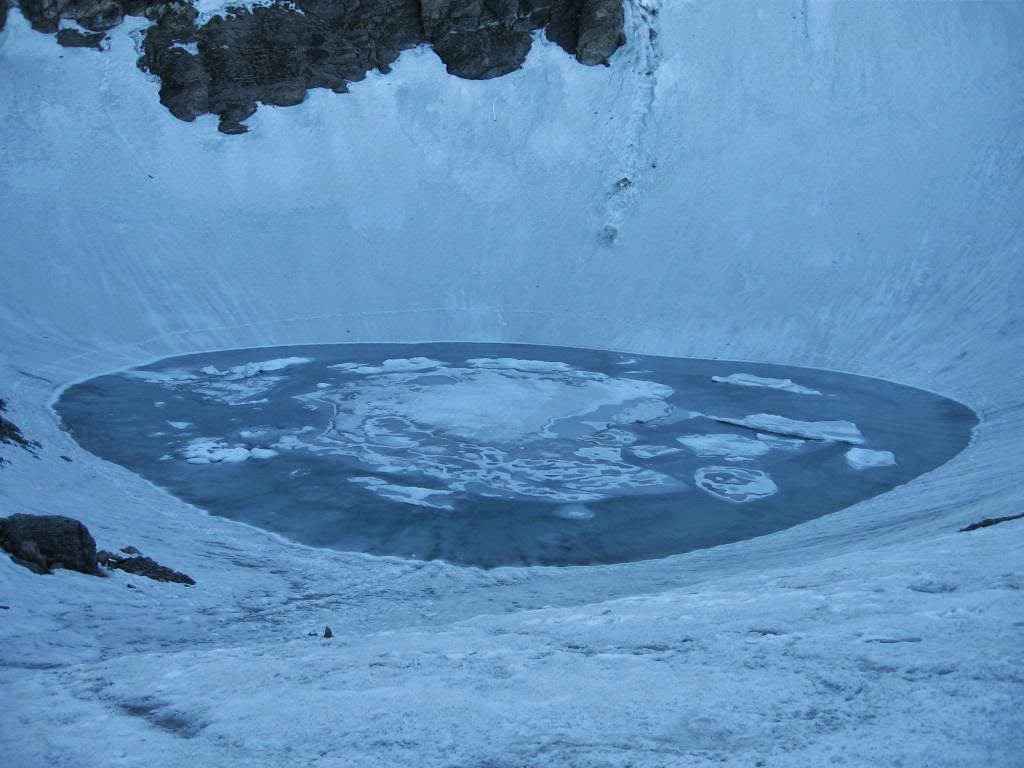
By TourMyHoliday Roopkund Tour Package Hidden deep in the Garhwal Himalayas, wrapped in mist, myths, and snow, Roopkund Lake remains one...
Read more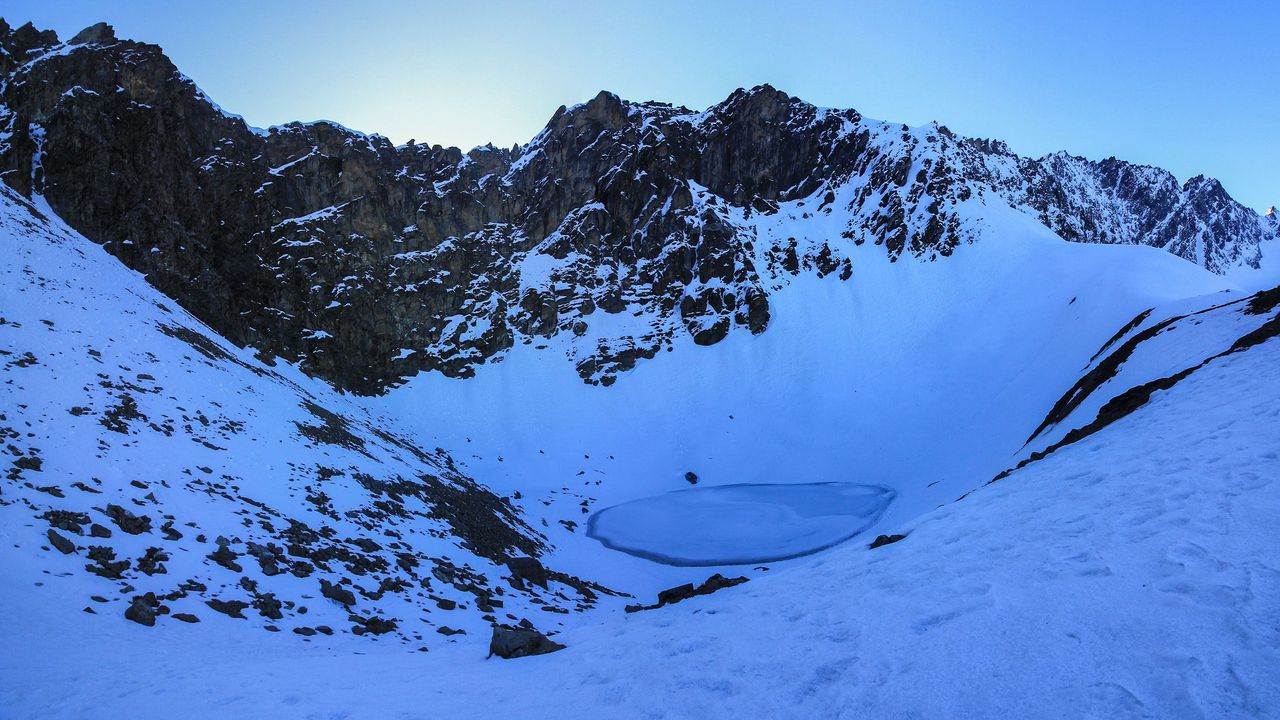
Unravel the Himalayan Secret Buried Beneath Snow & Silence Roopkund isn’t just a trek. It’s a spiritual expedition into the unknown. Nestled...
Read more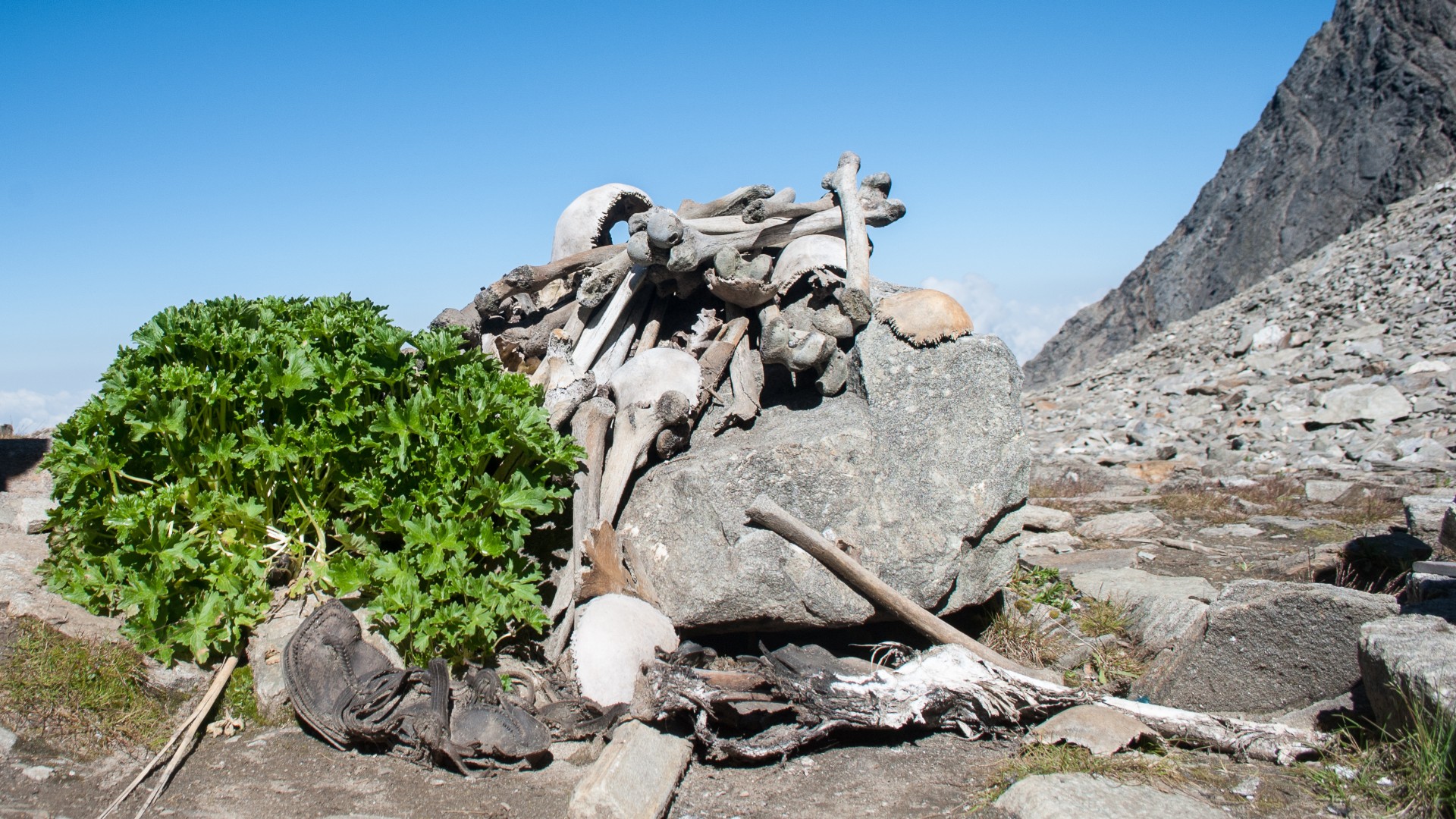
Roopkund is a high-altitude glacial lake (5,029 meters) located in the Chamoli district of Uttarakhand, hidden within the folds of...
Read more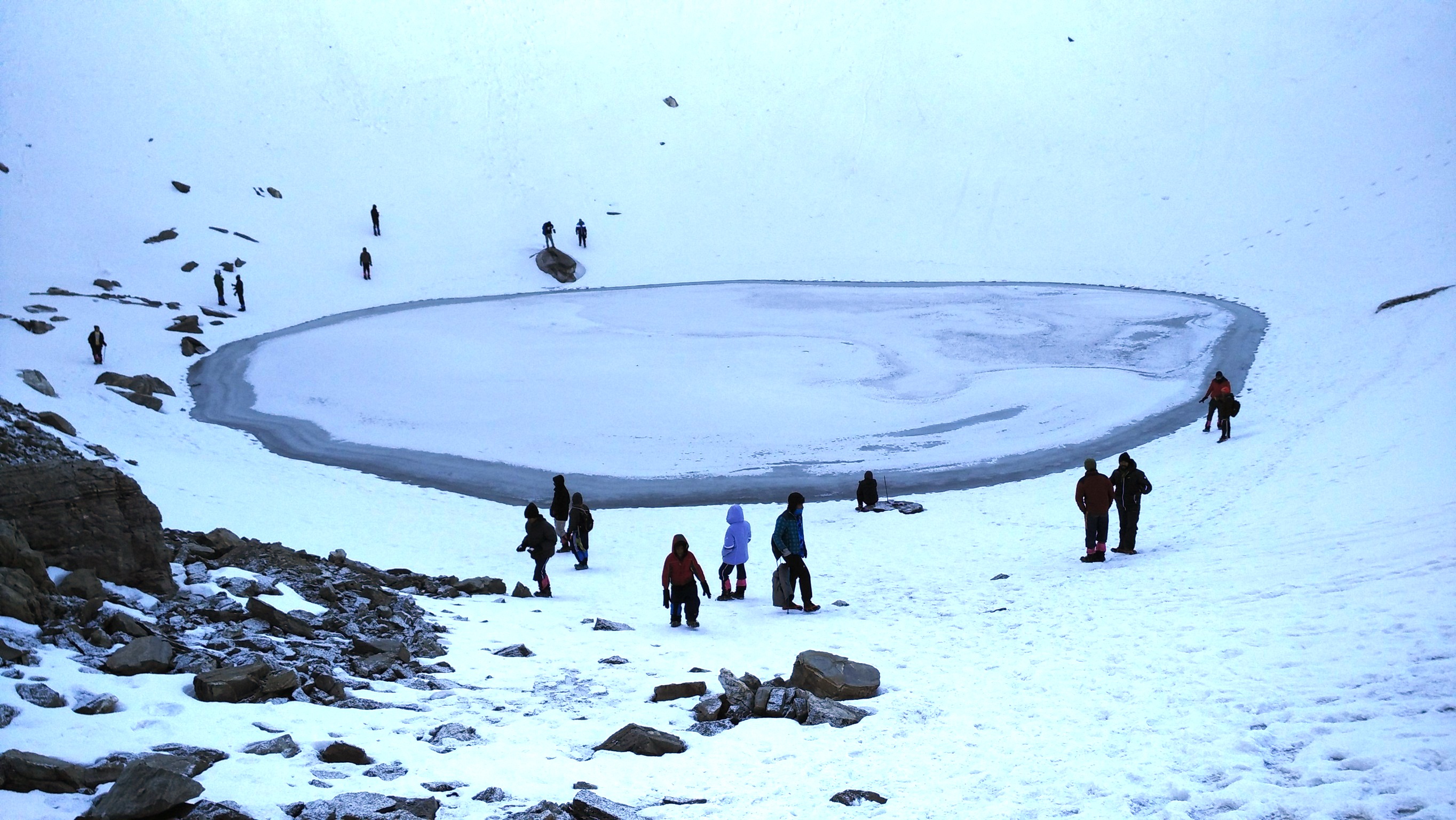
There are some places in the Himalayas that don’t just challenge your legs, they awaken something within you. Roopkund is...
Read more









Testimonials, Reviews, Experiences, Virtual Tours & Much More
.jpg)
Nice leader. Disciplined with time and good knowledge.
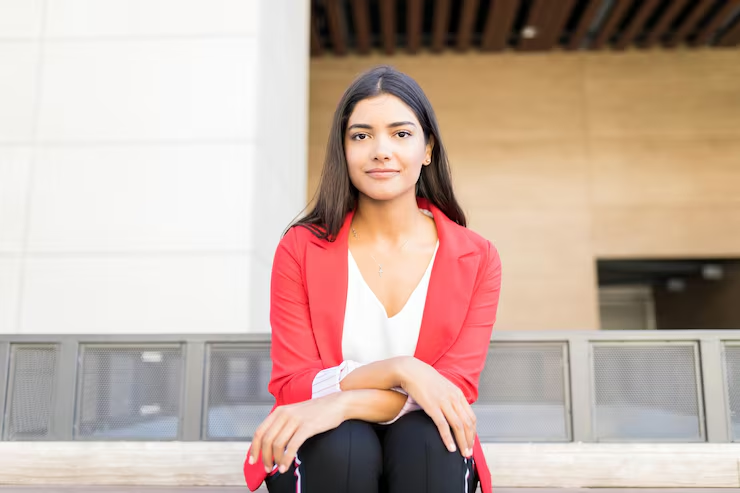
It was the Chopta–Tungnath–Deoria Tal trek, and although the weather wasn’t always favorable, our tour leader Mr. Zishan Khan managed everything perfectly. He ensured that every single participant was taken care of, right down to the last person.
The trek itself was filled with beautiful moments and great memories. Despite the challenges, it was truly a memorable journey. Thanks to a very nice captain!
My Chopta trip was amazing! Our captain, Zishan Khan, was an excellent guide—polite, attentive, and very careful with all the tourists. Thanks to his guidance, the journey was smooth, full of new experiences, and truly unforgettable. It ended on a perfect note!
My experience was very great. I enjoy the stay, food was okay.
Tour guide was very friendly, knowledgeable and helpful.

This was my first experience with the Tourmyholiday agency. Overall experience was good.
Caption Zishan was a wonderful person having great management skills. He makes sure to keep everyone together. The trip with him was great and memorable.
There was a constant issue with seating throughout the trip due to uncomfortable back seats. This created some conflict among some of the members of the trip. But Zishan handled everything calmly.
Beyond the conflict, we all have fun and create good memories together.
Improvements we can have in the trip are:
Travel agencies should take care of cleanliness for the traveller and take proper precautions to ensure that all luggage is well-protected and covered during a rainy session.
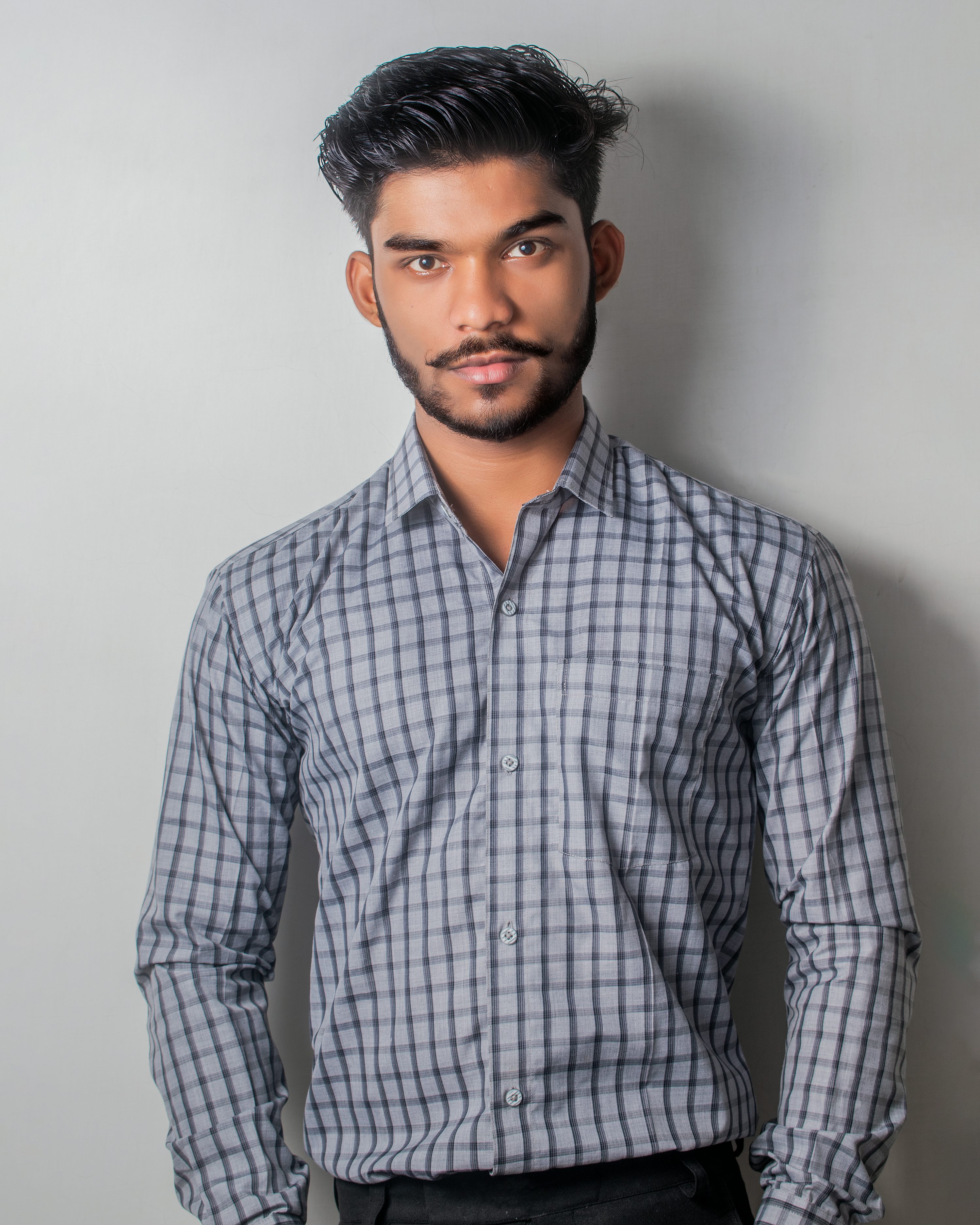
We had a great experience with Moulik Gupta as he was our CAPTAIN. Though it was our first-ever trek, we made it.
Thanks to TourMyHoliday & Moulik.
.png)
Thank you for making my Kashmir trip unforgettable. TourMyHoliday crafted a magical journey through paradise on earth!
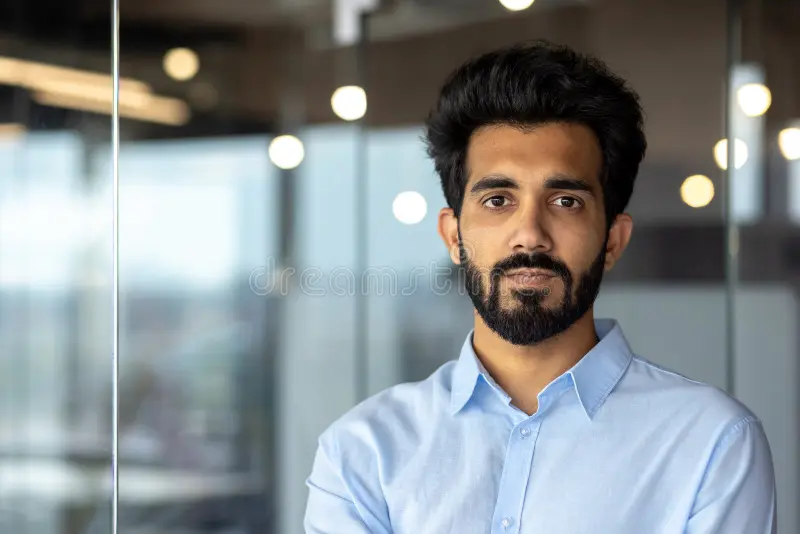
This trip was an amazing experience for me, not just because of the beautiful location, but mainly because of our captain, Zishan bhai. He was always active and ready to help whenever we needed anything or had a question. He was very supportive during the trek. In fact, he even went back up to help one of our teammates who had a leg injury. Thanks to him, the trip became even more special. I would love to have him as my captain again in the future.
.jpg)
Wonderful trip experience with tour my holiday
I'll rate them 100 Outta 10
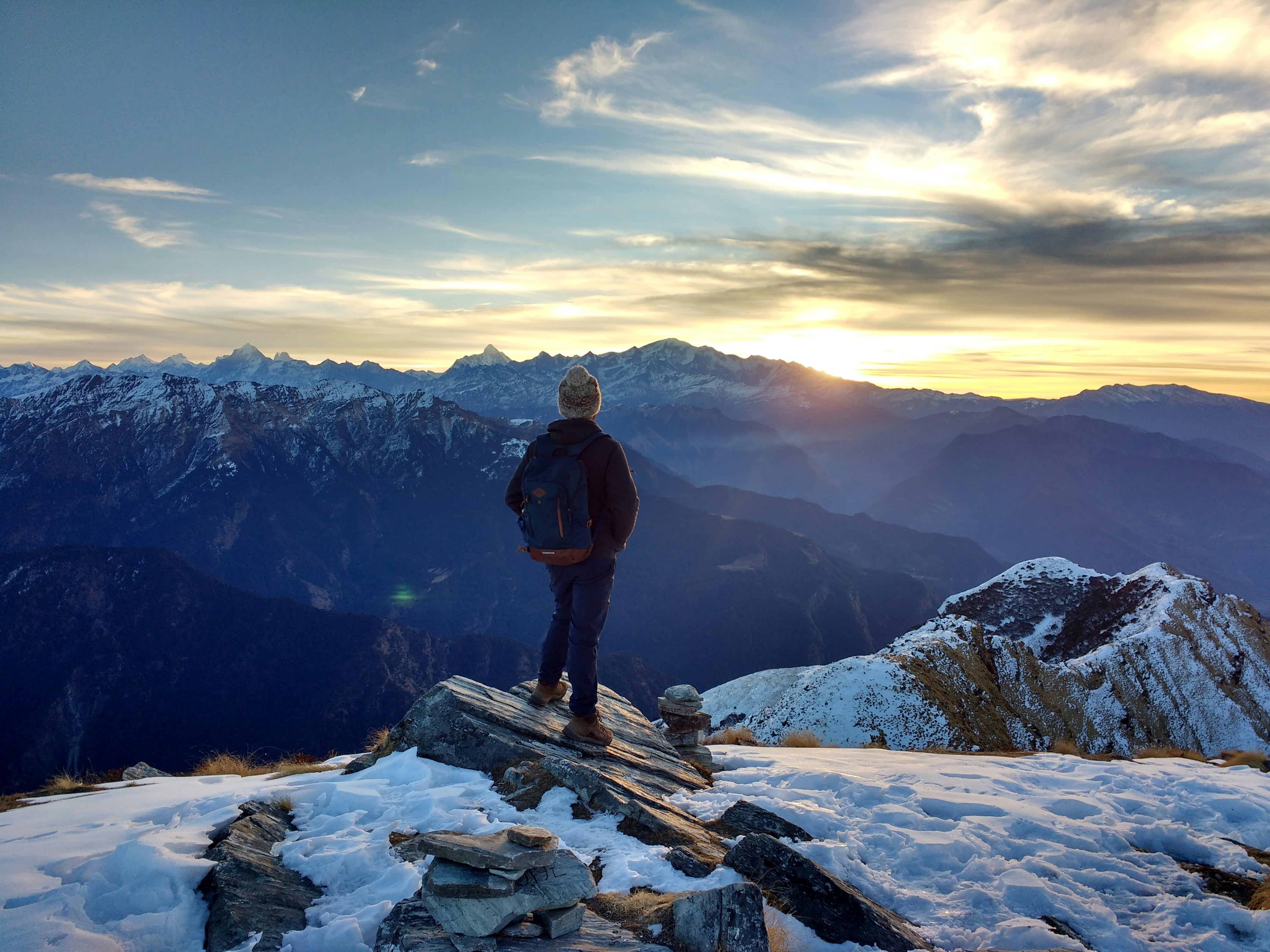
We have a great experience of Tungnath Trek with Molik Gupta as a guide, he organised the trek very well, and trek location and views is very lovely.
Special Thanks to Tourmyholiday.
.png)
My amazing and memorable chopta tungnath trip . Thanks tourmyholiday to make my trip.
.jpg)
Our tour guide(Vishesh Bhati) is very humble and helpful when ever we need his help. Must go on trip with these guys.
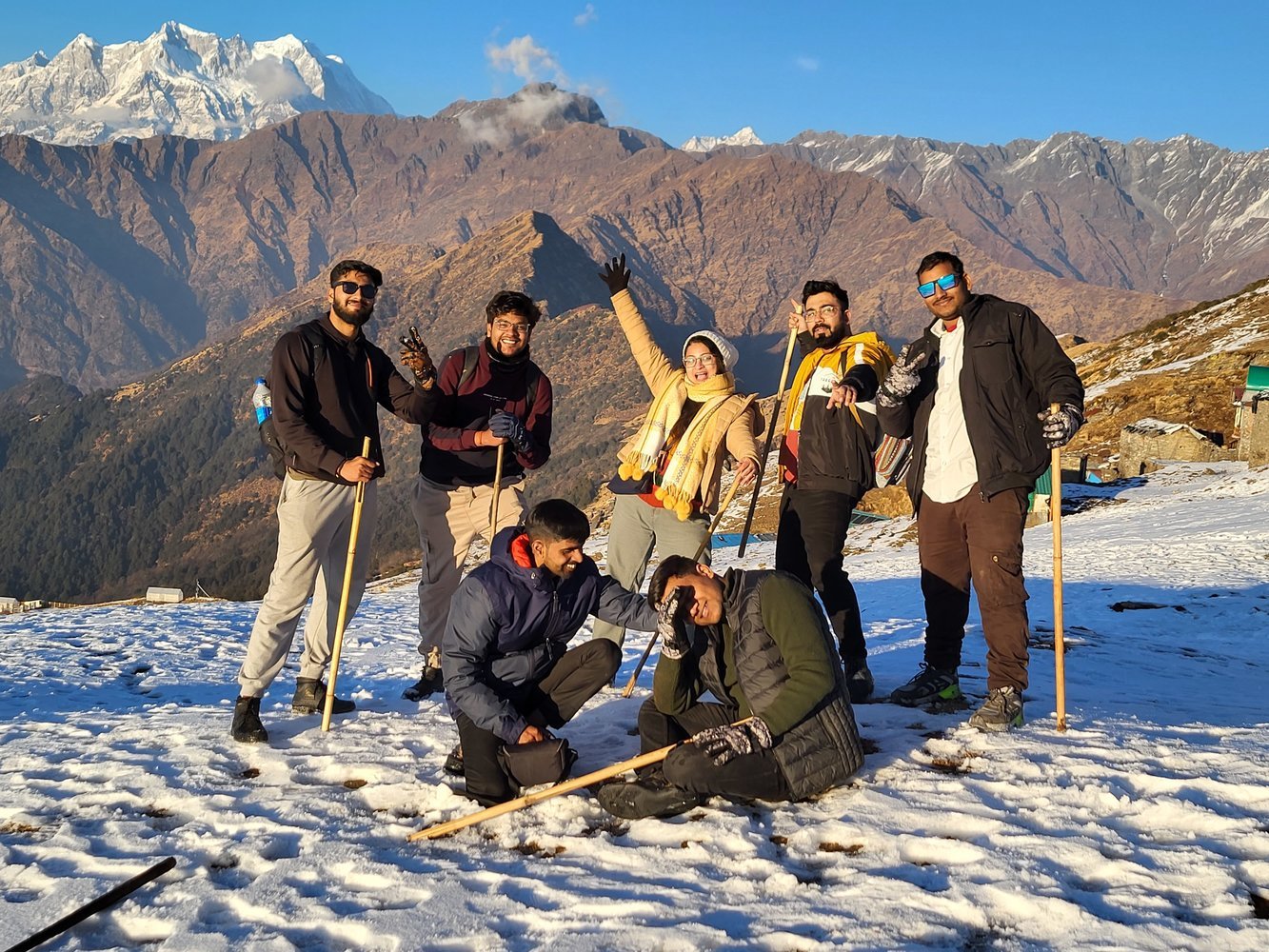
It was a wonderful trip with our team captain, Rishi. I planned this trip with my friend and we enjoyed it a lot. The people we met during the trip were kind and accompanied us during the trek. In short, we enjoyed a lot during the entire trip.
.png)
Amazing experience.
.png)
We had booked the package via tourmyholiday for Kedarnath and Badrinath,Yamunotri & Gangotri We were overall satisfied and happy, but I did share my feedback with Mr ashish already that the hotels and driver was awesome. I will definitely recommend you to the others in my family and friends. Thanks for making our Chardham trip memorable
.png)
Amazing Trip..

We booked Chopta tour package with Tour My Holiday, which included Chopta Tungnath trek and Chopta Chandrashila trek from Delhi. Everything was organized very well. Overall it was amazing experience.
.png)
Thanks for the trip.
.png)
Booked a tempo traveller from Delhi to Shimla and Manali. Driver was very helpful. Thank you tourmyholiday
.png)
Great team, awesome tour leader and memories for a lifetime thankyou Kaushal ✨
.png)
Thank you for making my Chopta trip memorable. TourMyHoliday ensured a perfect blend of adventure and serenity!
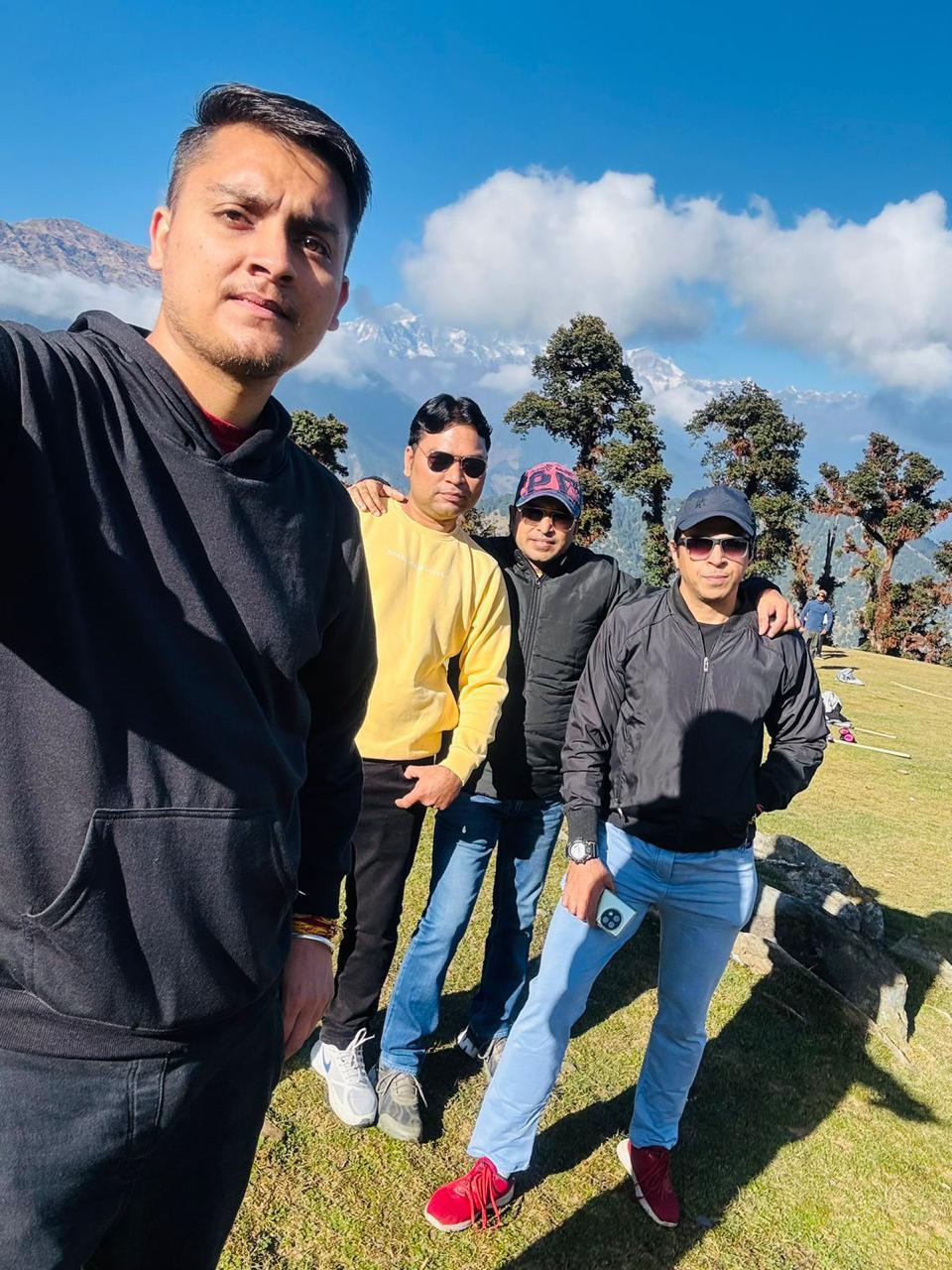
This was my first trip with TourMyHoliday and also my first group tour in India. It turned out to be an amazing experience filled with unforgettable moments. We visited Devprayag Sangam, offered prayers at Dhara Devi Temple, and went on a thrilling trek to Chopta, Tungnath Mandir, and Chandrashila Peak Summit. We also visited Ukhimath Temple, soaking in its peaceful atmosphere. One of the most magical moments of the trip was at Deoria Tal, where the still waters reflected the towering mountains so beautifully that it felt unreal.
.jpg)
Had a great time on my Manali trip with Tour My Holiday.Everything was easy and well-managed. Loved it
Special thanks to trip coordinator Akki
.png)
We had a great time. Love the trek

I had an amazing experience booking my Kashmir package with TourMyHoliday! From start to finish, the process was smooth, and their customer service was top-notch. The trip was well-organized, with beautiful spots included in the itinerary.
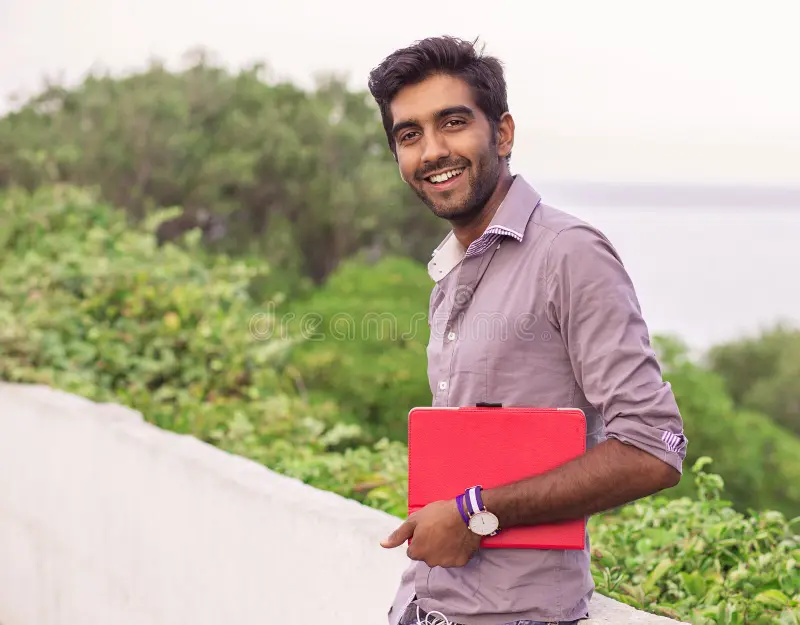
Best trip experience with Talib Malik was good knowledge for this track. Next time u will book only tour my holiday
.png)
Awesome experience from tour my holiday and the captain was so great knowledge for trek thank you saquib bhai
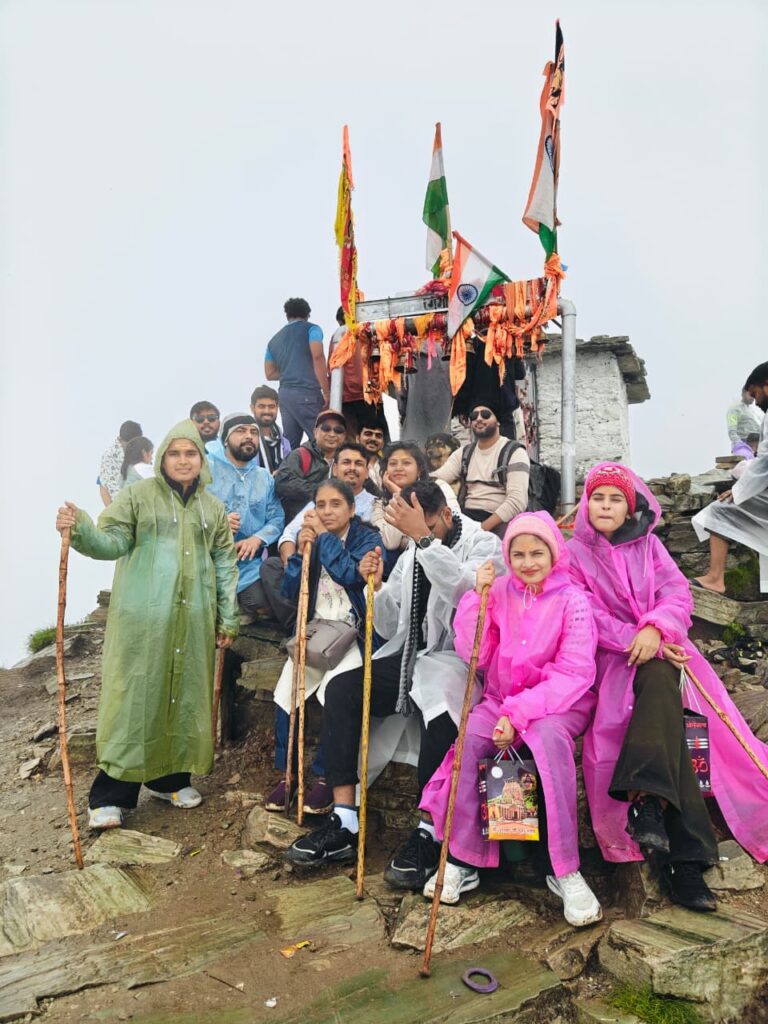
Best experience ever....thankx u tour my travel for tungnath, chandarshila doria taal, dhari devi and rishikesh... and thnx to abhishek who guide us everything very friendly.... best food best stay... best treks.... I've enjoyed very much #barbarao lekin only with tour my travel... only ✨
.png)
Fantastic kuldeep gave us great support after office hours also....Thnks a lot .we planned a trip to Kedarnath,Badrinath ,Joshimath and Auli.....Kedarnath is my dream place they completed my dream..... Car,driver ,hotels and food all superb....I really recommend tourmyholiday

Thank you, Tour My Holiday, for an incredible Tungnath experience! Everything was good planned,good services and with a good driver
Special thanks to trip coordinator akki

I have been to Haridwar and Rishikesh with tourmyholiday. It was such an amazing trip we had all the arrangements was amazing as committed. Ashish from Tourmyholiday was so cooperative and was available all the time for us. I would love to travel again with Them.
.png)
Recently I had travelled to Uttarakhand in many places and I had taken the very good decision for booking my trip with tourmyholiday. They managed my trio so well as everything was well planned as committed. It was such an nice trip we had, And Thanks to everyone for making our trip memorable
.png)
Amazing trip to thailand

A Very nice trip with travel , nice service & coordination with Tour Manager Rawat ji. Great experiance, highly recommended - tourmyholiday is one of best trip partner. 10/10.
As the highest Shiva temple in the world, Tungnath is an incredible place to visit, and my recent trip there was made all the more memorable thanks to our amazing tour captain, Zishan.
From the moment we started our trek, Zishan's passion and knowledge were evident. He wasn't just a guide; he was a leader who ensured everyone in our group felt safe, supported, and included. He had an infectious enthusiasm that made even the most challenging parts of the trek feel manageable and fun. He shared fascinating stories about the local culture and the history of the temple, which truly enriched our experience.
What impressed me most about Zishan was his professionalism and care. He was always checking in on everyone, making sure we were hydrated and comfortable, and he was quick to offer a helping hand whenever needed. He was incredibly organised, handling all the logistics seamlessly, and his calm demeanour was reassuring, especially during unexpected changes in the weather.
The beauty of Tungnath is breathtaking, but Zishan's expert guidance is what transformed it into a truly unforgettable journey. If you're planning a trip to Tungnath, I highly recommend finding a way to join a group led by him. He’s an exceptional tour captain, and I can't speak highly enough of his work.
I recently had a trip to chopta. It was quite smooth. The team was quite supportive & cooperative. we enjoyed a lot with them. looking forward for more trips like this.
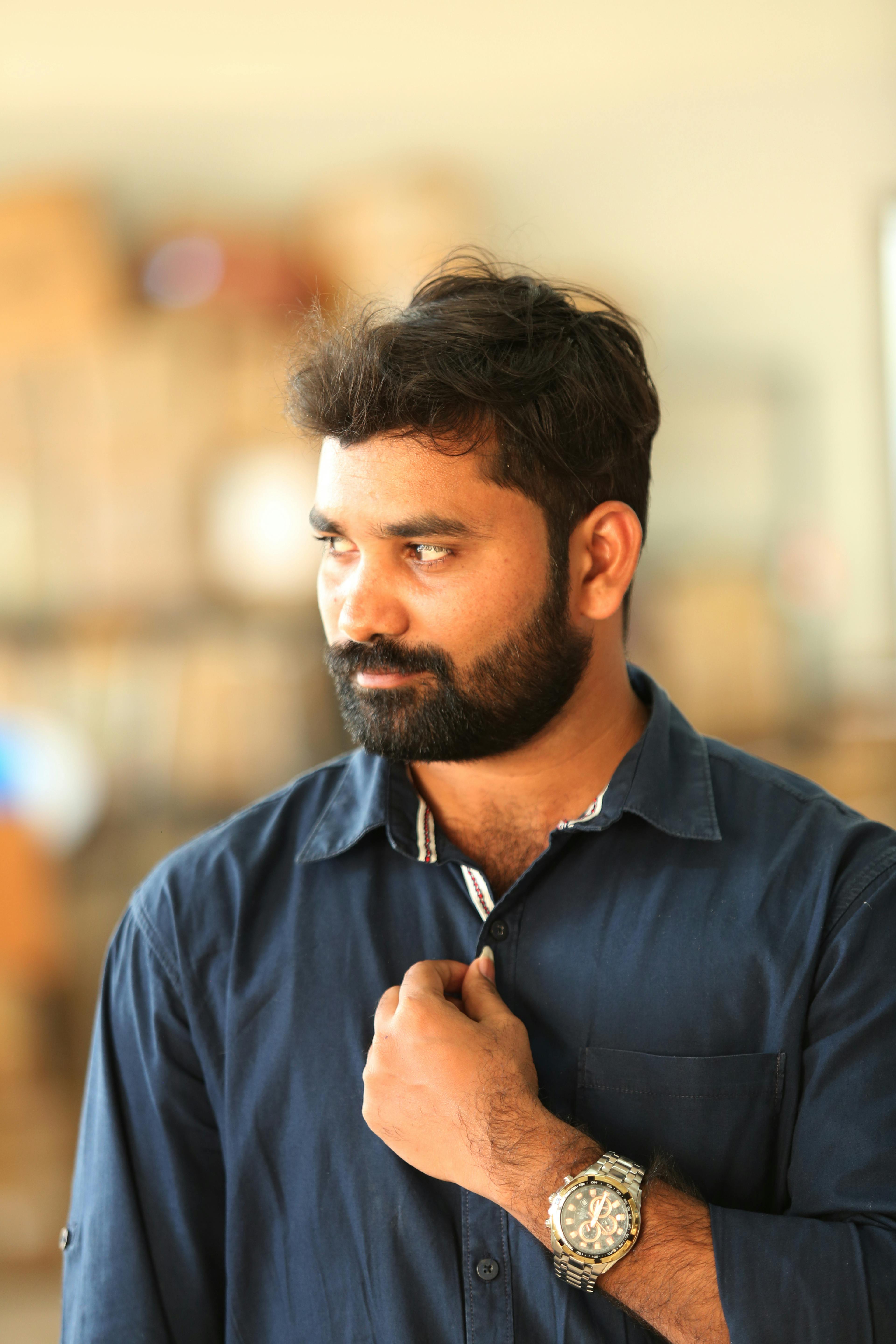
Booked a trip to tungnath with tour my holiday. Over all experience was nice.
Stays and food was good.
Guides were friendly.
Not lucky enough to find decent people and drivers among us and the traveller are not too comfortable for the journey but it is the only way so thats fine.

Just wanted to share a big thanks for the wonderful trip to Chopta-Tungnath! It was truly an amazing experience, and a major credit goes to our trip leader, Zishan. He was incredibly cooperative, managed everything so well, and made sure everyone felt comfortable and involved throughout the journey. We had a great time, full of fun, laughter, and unforgettable memories. Looking forward to more such adventures!

I recently went on a trip to Chopta Tungnath, and honestly, every single arrangement was just perfect! From the traveler to the stay — everything was well-organized and super comfortable. The food was absolutely delicious throughout, which added so much to the overall experience.
Our trekking guide was incredibly helpful and made sure no one was left behind. He kept the energy high, and we ended up dancing a lot and sharing so many laughs. It truly felt like a little family by the end of the trip.
Special thanks to our amazing captain, Zeeshan, who was supportive in every situation and ensured everyone felt safe, heard, and taken care of. We made unforgettable memories on this trip — it was nothing short of amazing. I would highly recommend everyone to plan at least one trip with them. You will never be disappointed with the arrangements, the facilities, or the experience they provide.
.png)
Amazing experience with Tour My Holiday for Tungnath! Everything was perfectly arranged, from accommodations to the trek. Truly memorable..
.jpg)
Had a wonderful 2N/3D solo trip to Chopta with Tour My Holiday, covering Deoria Lake, Tungnath Temple, Chandrashila Peak
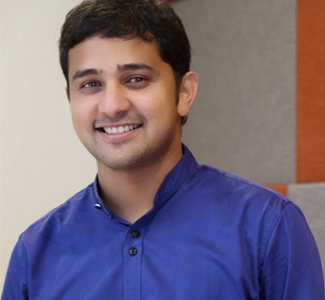
The most interesting journey I've ever had and for sure I would looking forward for other journeys. This was my first trek but Talib helped a lot for everything, otherwise this trip would been the disastrous one . So journey with them the best decision I've ever had.
.png)
Good service. Definitely worth a shot if you are travelling for the first time with a community. Great atmosphere.
It’s my first trip with tour my holiday, good experience , please join us if u have not idea to planned first trip where you going..so contact tour my holiday 👍
.png)
Wow experience, I normally don't take agents and go on my own , but this experience with tourmyholiday was excellent. Both ashu and Tina from the team was in touch and kept updating the itinerary and transport details and all the transfers were smooth.
Tungnath is heavenly bliss. The trek was challenging, yet exhilarating. The men in charge of the support are an ideal choice to take your plans forward.
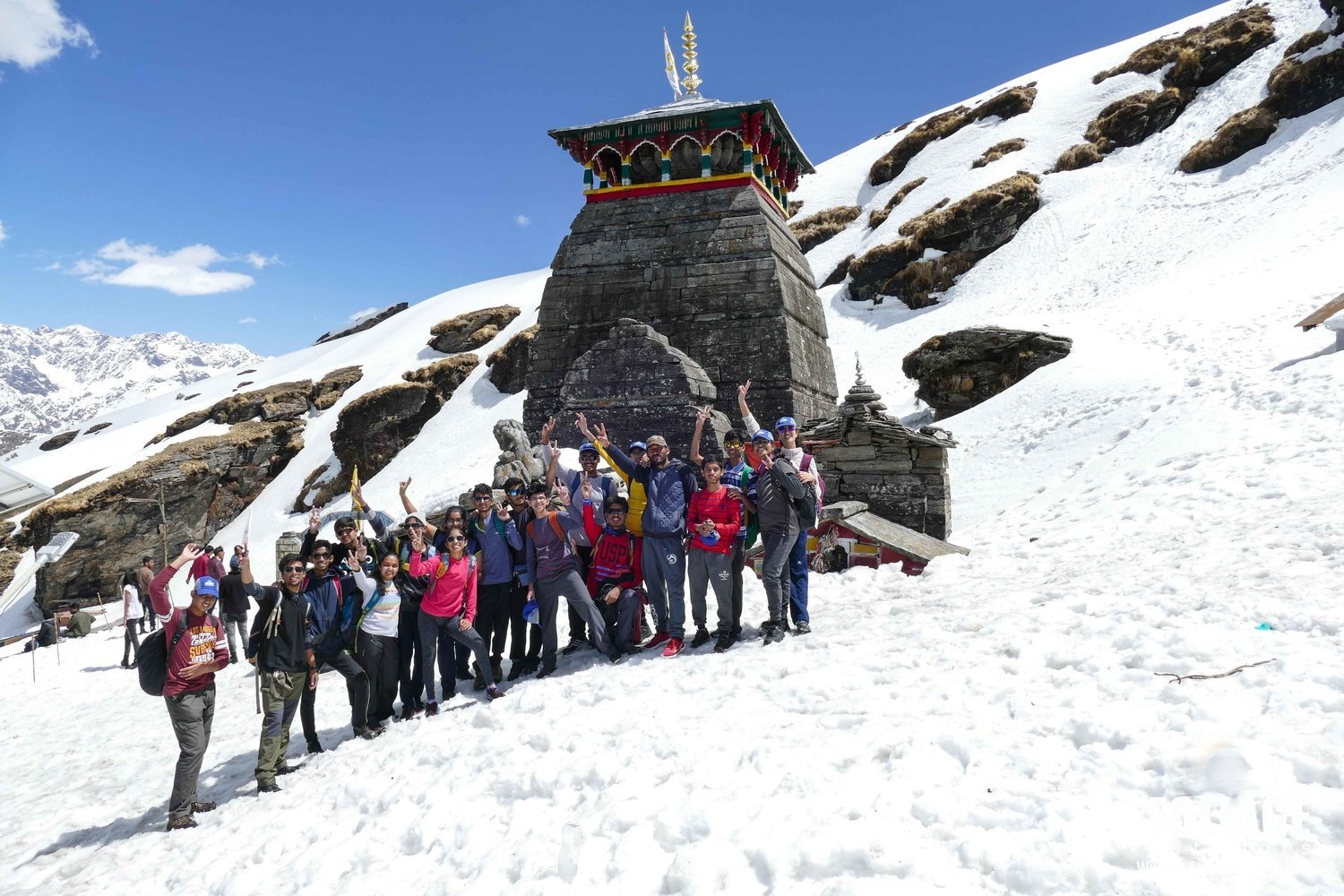
I recently went on the Tungnath trek, and the beauty of the Tungnath Temple was truly breathtaking—so serene and majestic. The views throughout were beyond words. Right from the pickup point, the entire journey in the traveller, the stay, and the trekking experience were all made smooth and comfortable thanks to our wonderful captain, Mr. Zahid. His warm welcome and guidance turned the entire trip into a truly memorable and relaxing one...
.png)
The entire trip was excellent including stay at hotels and taxi .Coordination from his end was good. A big Ty to tourmyholiday

I recently completed the Chopta Tungnath trek with “Tour My Holiday” and had an incredible experience! The team was extremely professional, from planning to execution. Our guide Tarun was knowledgeable, friendly, and ensured our safety throughout the trek.
The itinerary was well-planned, with comfortable accommodations and delicious meals. The scenic beauty of the Himalayas was breathtaking, and the trek was challenging yet rewarding.
I highly recommend it for anyone planning a trek in the Himalayas. Their expertise and passion for trekking make all the difference. Can't wait to plan my next adventure with them!
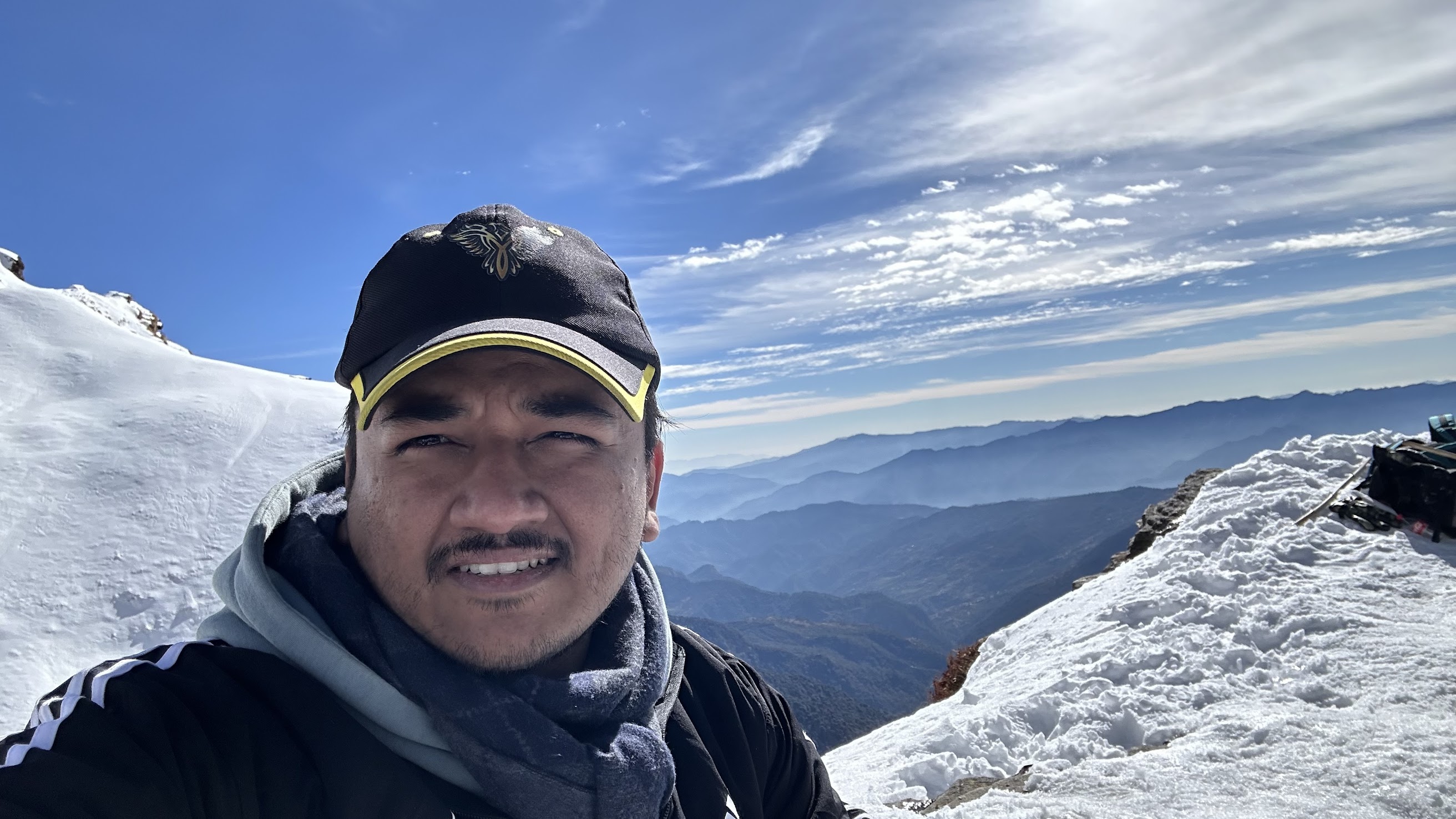
The entire trip was seamless and enjoyable, thanks to the professionalism and expertise of the Tour My Holiday team. I would highly recommend them to anyone planning a similar trip.
.png)
Good Vibes best adventure like best thinkin
Best trip in the world
Thank you
.png)
My recent trip to Chopta with Tour My Holiday was an incredible experience! Every detail was flawlessly organized, from transportation to accommodations.

Excellent service! The trip was well-planned, hassle-free, and enjoyable. Special thanks to our tour guide Zeshaan, who was friendly, knowledgeable, and made the whole journey more interesting. Highly recommend this travel agency for a smooth and memorable travel experience.

I recently went on to trip with Tour My Holiday and everything went very well. From the very beginning, everything was well organised- from transportation and accommodation to meals and daily itineraries. Our tour guides- Joshua and Saquib ensured we were comfortable, safe and having fun every step of the way. Whether it was hiking, watching sunsets, or enjoying bonfire nights, every moment was amazing.
Highly recommend this travel group to anyone looking for a fun and memorable adventure.

Booked a Tungnath trip with Tour My Holiday, and it was flawless! Excellent service, great planning, and a hassle-free experience. Highly recommend
.jpg)
This was my first trip with TourMyHoliday and also my first group tour in India. It turned out to be an amazing experience filled with unforgettable moments.
.png)
After booking, not much else needed on our end. Everything was organised and the deal we got was elite.
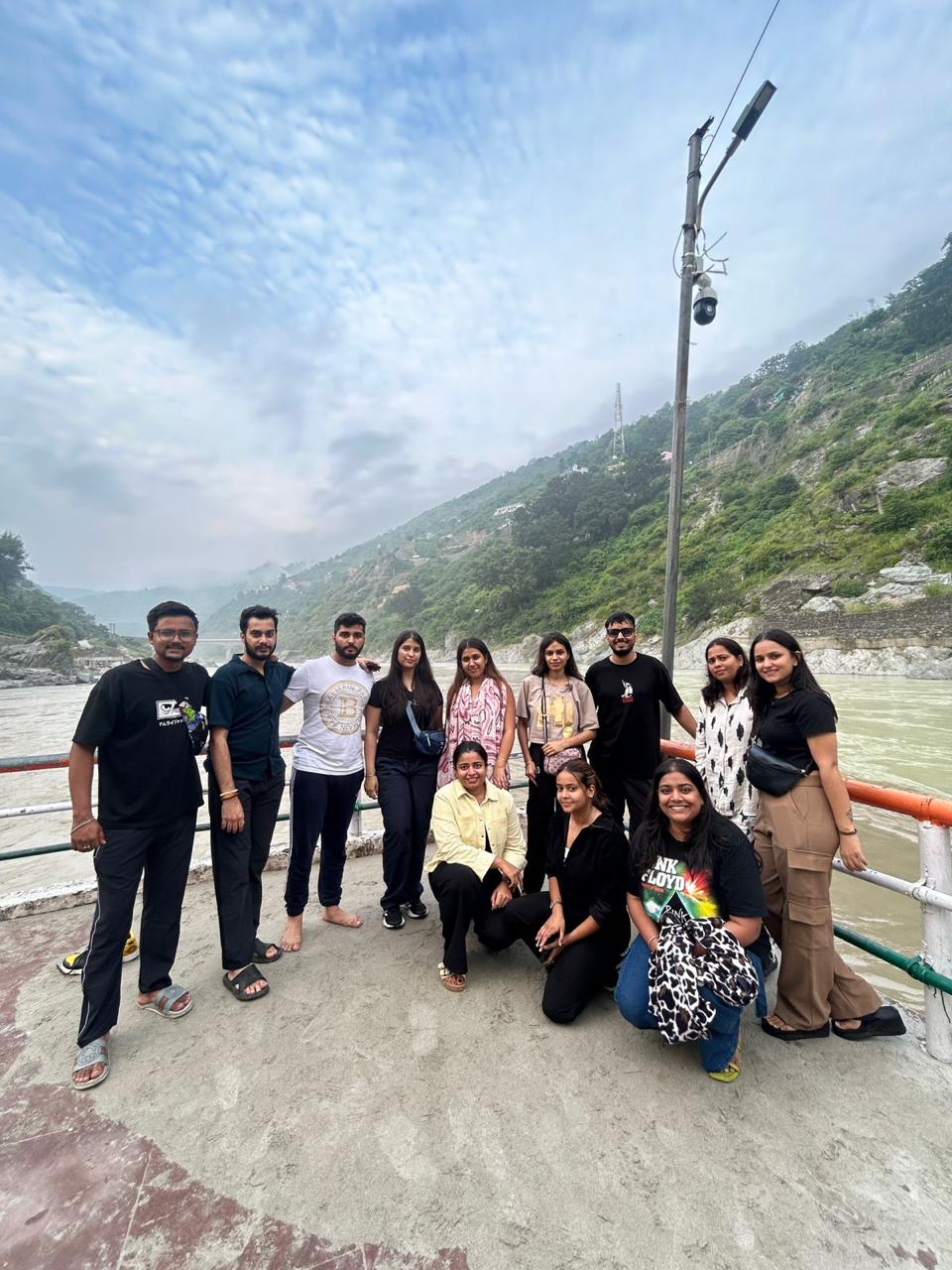
I don't have any idea about such company nor have I come through such company on the trip, but the coordinator who came with me is from such company,
his name is zahid, the person is very good, well behaved and knowledgeable about the trip and is full of entertainment too.
.png)
It was a great experience.
.png)
Thank you for making my trip memorable. TourMyHoliday went above and beyond to ensure a fantastic experience!

The whole trip was very pleasant and entertaining, and also the crew was very nice, especially our captain Shakib bhai was very cool and fun-loving. He makes our trip more comfortable and fun.
.jpg)
Trips are thoughtfully arranged, covering key attractions with comfortable accommodations.
Best trip experience with Talib Malik was good knowledge for this track next time u will book only tour my holiday👌⛷️🙋
.jpg)
We booked Chopta tour package with Tour My Holiday, which included Chopta Tungnath trek and Chopta Chandrashila trek from Delhi.

It was nice experience with tour my holiday, very nice hotels , vehicles and guides.
Also nice behaviour of saquib bhai he has supportive and kind of nature as good human. Also he has guide the tour and well manage .

Over all experience with Tourmyholiday is so good...kanika madam is so supportive. She has made our journey so memorable and package was budget friendly.
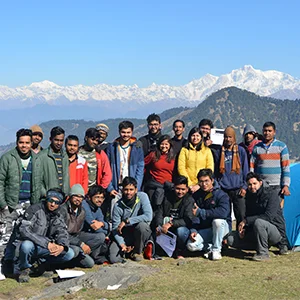
I recently visited Chopta, Tungnath, and Chandrashila. During my holiday, I had a great experience with Captain Maulik and his tour. Personally, I say Maulik bhai ka calm nature. I recommend going with him.
.png)
Booked a package of chopta. thanks to avnish ji for making our trip memorable
It was a great experience with tour my holiday and the team captain Saquib Rajpoot is great team leader, I recommend him for amazing trek experiences,Chandrasheela trek was amazing
.jpg)
Great service by Tour My Holiday for my Chopta trip
The trip was stress-free and enjoyable. Highly recommend
Special thanks to trip coordinator Akki
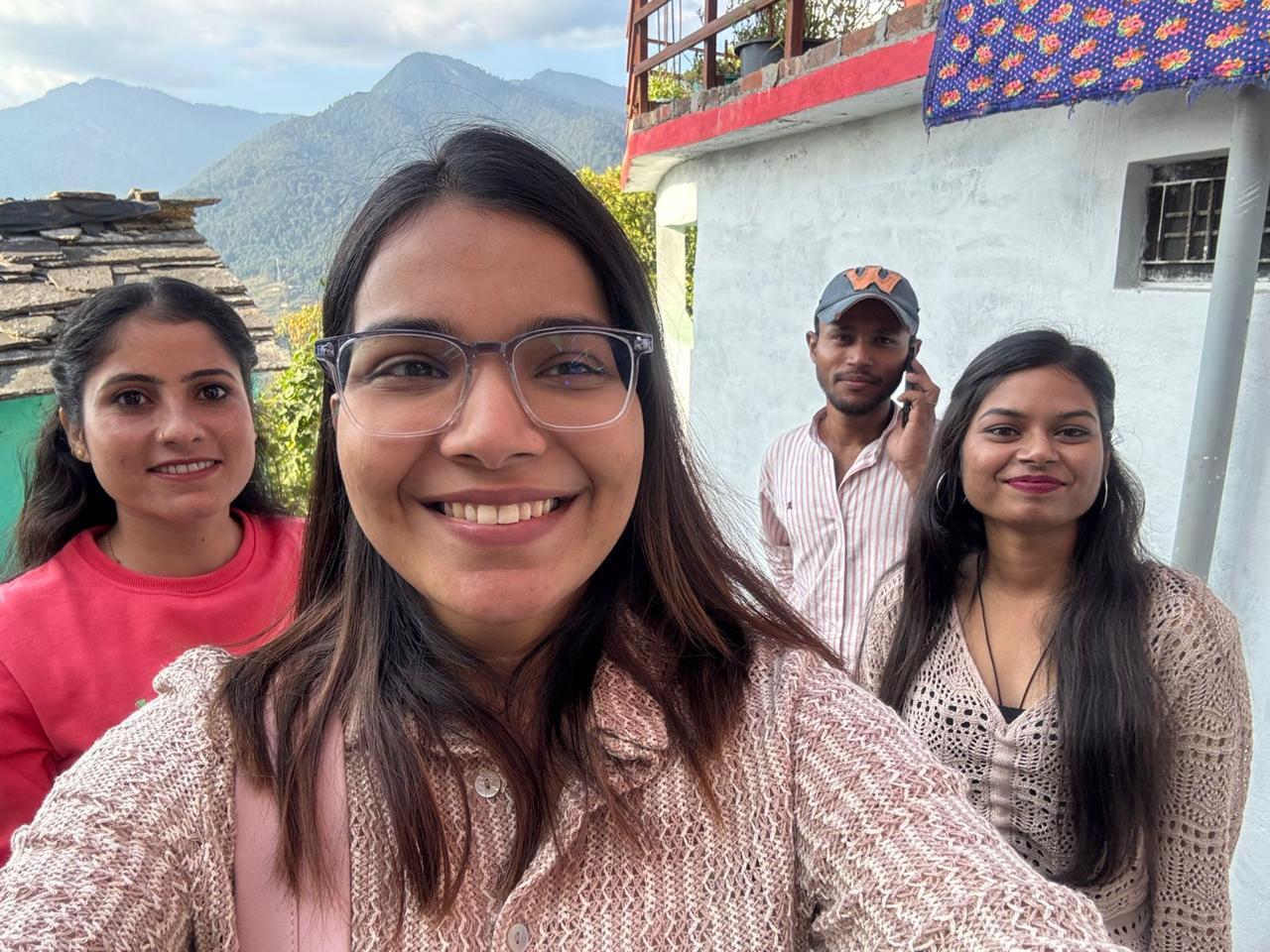
So i had recently visited to chopta Tungnath Temple with the help of tour my holiday. The trek was well organised by Tour guide Mr Rishi kant sharma and he is super helpful. The entire trip was seamless and enjoyable.
In the end I thank to Mr Rishi Kant Sharma for this amazing experience 👏🏻👏🏻
(Raghav)

I recently travelled to Chopta Tungnath with them, and the experience was great. Good stay, and perfect guiding.
.png)
Good services.
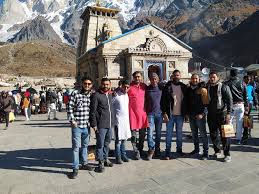
I had an incredible experience with TourMyHoliday on my Kedarnath trip! The entire journey was smooth, with great coordination, comfortable transport, and a knowledgeable guide. The Kedarnath temple and its surroundings were breathtaking. The team took care of everything, making the trip hassle-free. Highly recommend for anyone looking for a well-organised and memorable spiritual getaway!

Booked a package of chopta with friends. Everything is amazing
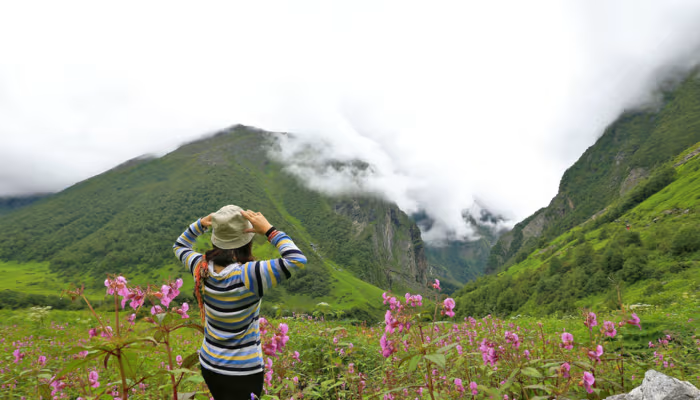
I recently went on a trip with a company, and it was an unforgettable experience. Everything was perfectly planned – from the stay and food to the entire itinerary. But the highlight of the trip was our captain, Zishan. He’s not just a great leader but also an incredibly handsome and funny guy with a very loving nature. He handled every situation with calmness and confidence, making everyone feel safe and comfortable. What stood out the most was his dedication to his team – no matter the situation, he never left anyone behind. His energy, sense of humour, and positive vibe made the entire journey even more special. Truly grateful to have had him as our trip captain

My trip to Auli with TourMyHoliday was an incredible experience! From the stunning snow-covered landscapes to the thrilling skiing adventures, everything was perfectly arranged. Their seamless planning and excellent service made my journey truly unforgettable. Highly recommend them! – Pravesh Khatri

Booked the Tungnath trek with Tour My Holiday, and it was amazing! The team was professional, the trek was well-organized, and the guides were super helpful. Stunning views, great food, and smooth arrangements. Highly recommend for an unforgettable experience!

Our tour guide(Vishesh Bhati) is very humble and helpful whenever we need his help. Must go on a trip with these guys.
.jpg)
Great experience with TourMyHoliday! Highly recommend their services for seamless, enjoyable trips.

I just wanted to take a moment to appreciate the amazing trip to Chopta-Tungnath—it was truly an unforgettable experience! From breathtaking views to great company, every part of the journey was filled with excitement, fun, and positivity.
A special thanks to our trip leader, Zishan, for making it all so smooth and enjoyable. His cooperative nature, calm attitude, and ability to handle every situation with ease truly stood out. He ensured that everyone was comfortable and involved, and he managed everything so effortlessly that we never had to worry about a thing. Whether it was guiding us on the trek, handling logistics, or simply boosting our morale, Zishan did it all with a smile.
The trip was filled with laughter, bonding, and beautiful moments that we’ll cherish for a long time. Huge thanks again to Zishan and the entire group for making it such a memorable experience. Looking forward to many more adventures like this in the future!
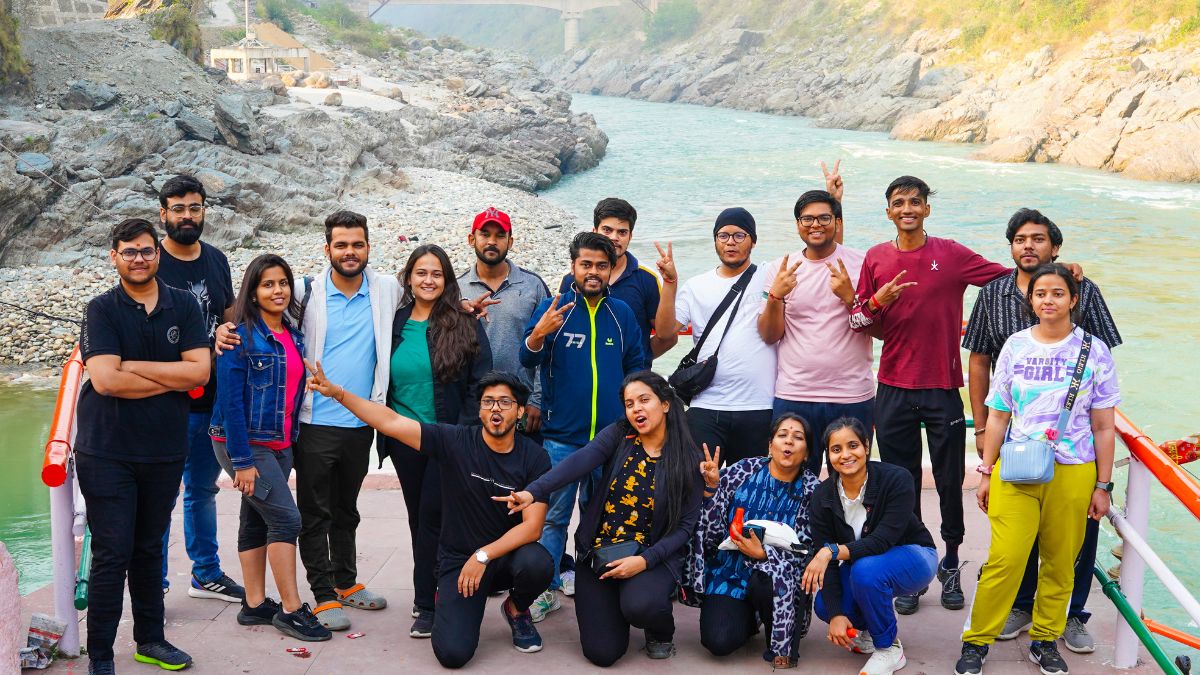
This was literally the best trip of my life , every single arrangement was amazing , the people ,the stays ,the management. Everything was more than expected, I created a lot of memories whether it is enjoying , trekking , dancing , late night games Everything was appreciable and the cherry on the top was our trip captain zeeshan , he handled every situation calmly and helped in every single manner. He is a very sensible and a friendly person I never felt that he was a stranger to me. From being strangers to friends the experience was adorable. I would suggest everyone to at least plan once with them.
.jpg)
Had an incredible experience with the Chopta Tungnath trek booked through Tour My Holiday! Everything was well-organized, from friendly guides to comfortable stays. Stunning views and the spiritual aura of Tungnath Temple made it unforgettable. Highly recommend!
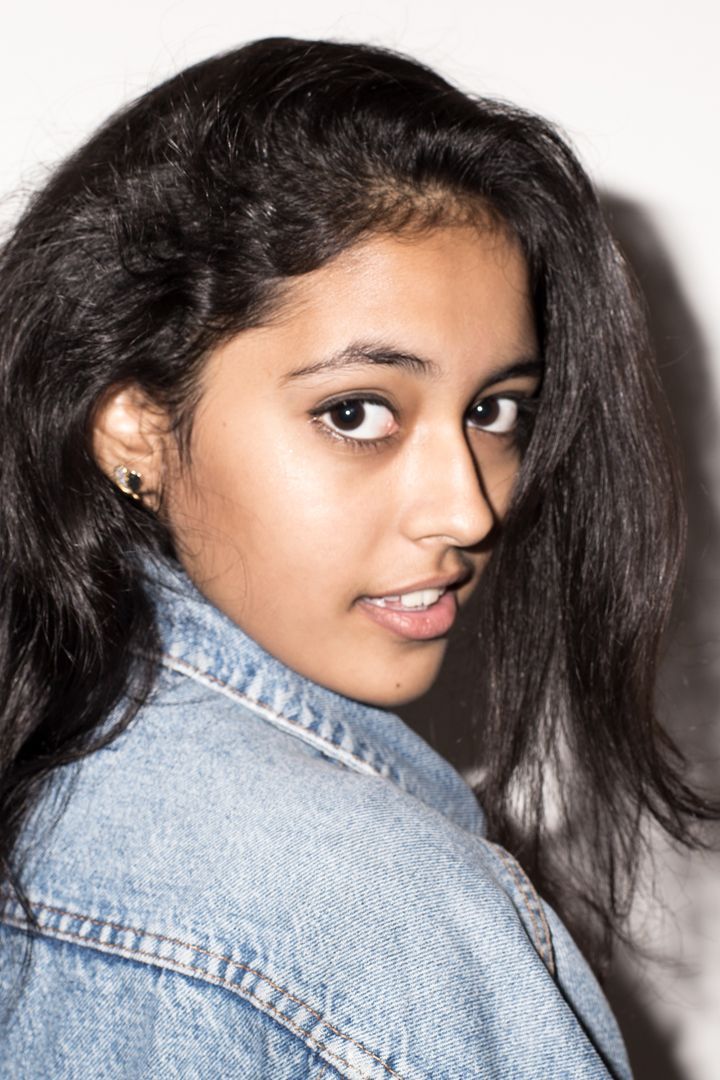
Amazing trip with our guide Zishan — very kind, calm, and made the trip fun and safe for everyone. Great memories, good vibes! Just one suggestion: please ask for a picture of the Tempo Traveller beforehand. The back seats were uncomfortable because extra seats were cramped for some travellers. Overall, loved it!❤️
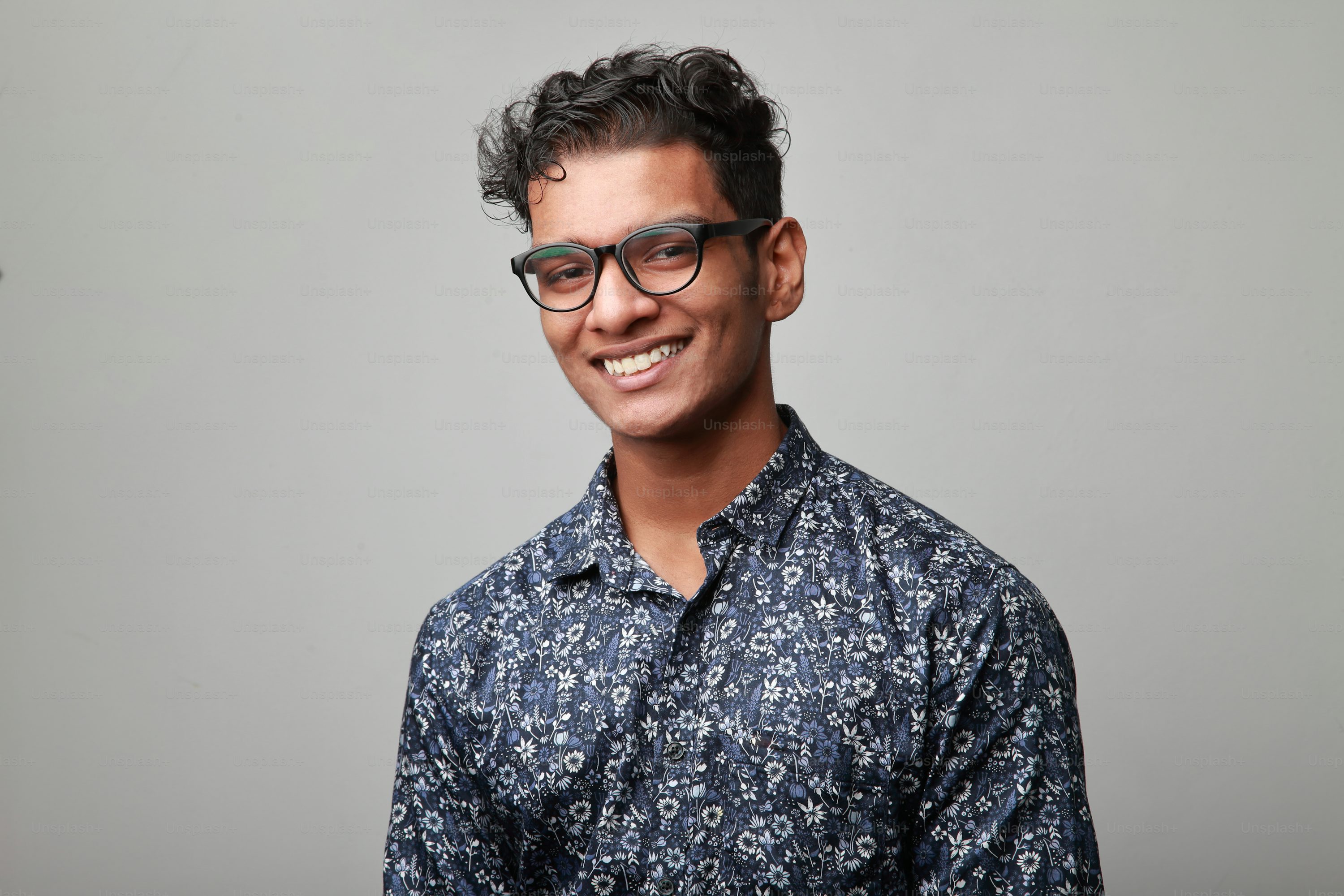
Amazing experience with well well-trained Captain and driver. Being a solo traveller, it wasa smooth and joyful journey with this fantastic co-travellers group✨✨✨
.png)
Best experience ever! TourMyHoliday exceeded all expectations, delivering unforgettable memories.
I recently went on a trip with my bestie, and overall it was a really good experience. I felt safe and secure throughout the journey, which is very important for us as female travelers. A special mention to Captain zishan – he was extremely supportive, kind, and helpful at all times. I also got the best travel group everyone was funny, kind, and so supportive, which made the trip even more special.
Best trip experience with Talib Malik was good knowledge for this track next time u will book only tour my holiday👌⛷️🙋

I recently completed my Tungnath tour with Tour My Holiday, and it was a wonderful experience! Everything was well-organised, from stay to travel to trekking support. The views were breathtaking, the arrangements were smooth, and the overall vibe was perfect for a peaceful yet adventurous getaway.
A special thanks to Zahid, our tour guide, who made the journey even more memorable. He was super helpful, friendly,
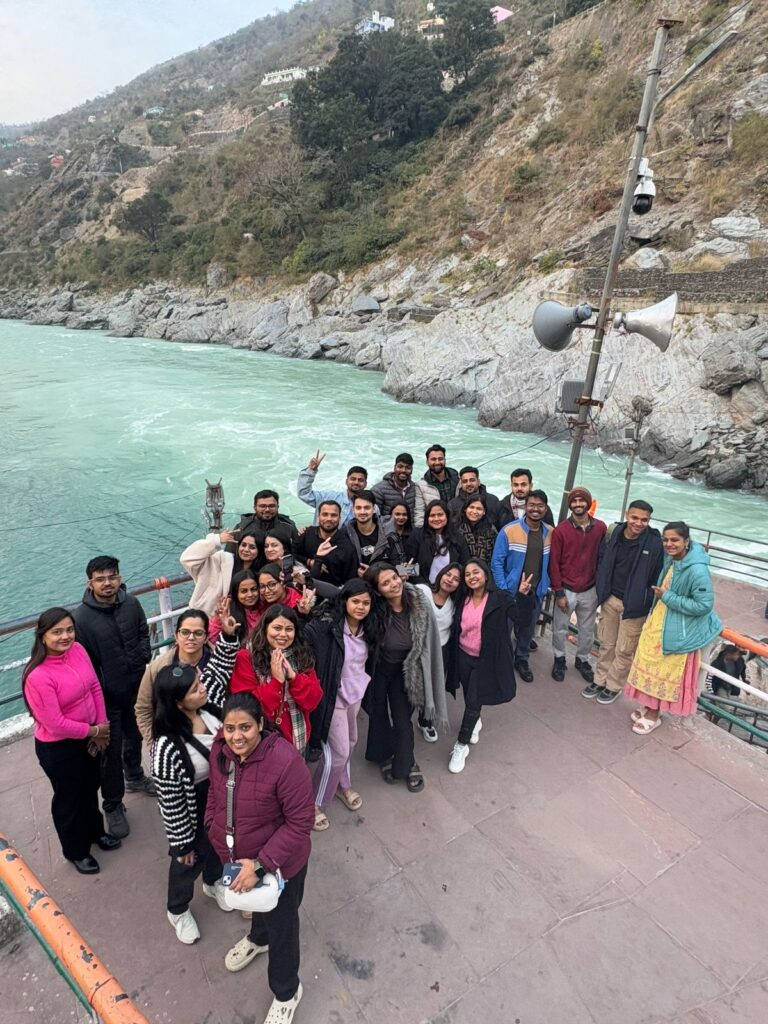
I recently had an amazing travel experience with Tour My Travels, and I couldn’t be more satisfied! Everything was well-organized, from transport to accommodation, and the itinerary was thoughtfully planned. A special shoutout to our captain, Zishan, who truly made the trip memorable. His friendly nature, excellent coordination, and deep knowledge about the places we visited added immense value. He ensured everyone was comfortable, safe, and having a great time throughout. His energy and passion for travel were infectious. I highly recommend Tour My Travels for anyone seeking a hassle-free and enjoyable trip. Looking forward to my next adventure with them!
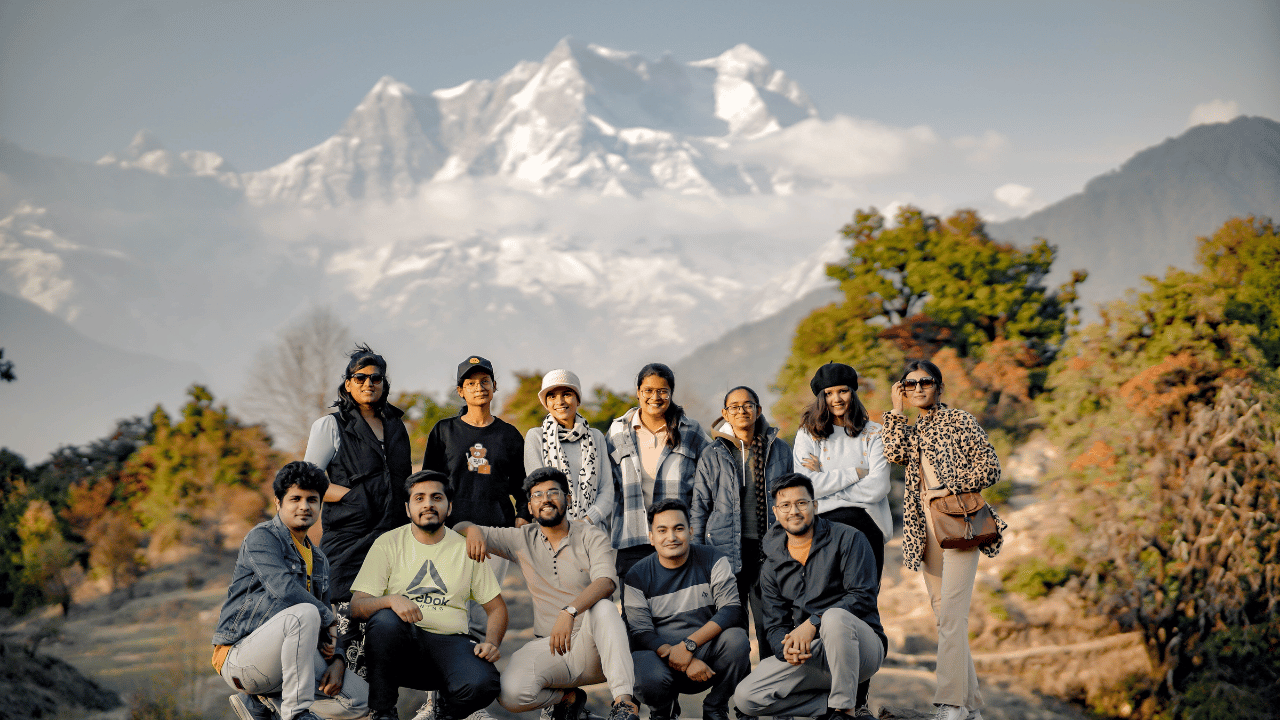
In June 2025, I planned my first trek with with tour my holiday and captain @Moulik Gupta. This was a life changing experience. Everything was best from traveling to accomodation.
Thank you both of them for this experience, and special thanks to Mr. Moulik for being such a wonderful and cheerful guide cum Friend.
.png)
Good Vibes best adventure like best thinkin
Best trip in the world
Thank you 🙏🙏
Had a wonderful 2N/3D solo trip to Chopta with Tour My Holiday, covering Deoria Lake, Tungnath Temple, Chandrashila Peak, and ending with the Ganga Aarti at Rishikesh. The stay was comfortable, no network issues, and the driver was experienced. However, the food quality could be better and the drinking water provided wasn't clean. Overall, a great experience with just a few areas for improvement.
.png)
Thank you for making my trip memorable. TourMyHoliday truly made it special with their exceptional service and care.
I recently went on a trip with my bestie, and overall it was a really good experience. I felt safe and secure throughout the journey, which is very important for us as female travelers. A special mention to Captain zishan – he was extremely supportive, kind, and helpful at all times. I also got the best travel group everyone was funny, kind, and so supportive, which made the trip even more special.
.png)
Thanks TourMyHoliday . My Chopta trip is very great and service is also amazing and our trip captain kaushal is very nice guy and knowledgeable person Thankyou tourmyholiday for making my trip is more memorable

I had very much fun on this trip with tour my holiday and our captain Sujal was amazing, had very much fun with him on the trek.
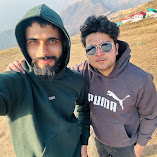
Good trip, enjoyed a lot. Shaquib bhai Was hilarious over the trip.

Good experience with this company
Cozy stays and wonderful trip 😊
.png)
It's a treat when you travel with Tourmyholiday because you don't have to worry about anything. Every little detail is already taken care of. All you have to do is sit back and enjoy your vacation.
.png)
I had a great experience, the stay was amazing, the food quality was good enough and the plus point was the unlimited refill.

This was my first solo trip, and I couldn’t have asked for a better experience. Everything was spot on—the stay, the food, the views—but the real center of attraction was Captain Zishan.
What a soul he is!
Supportive, calm, full of positive energy, and always making sure everyone felt safe and happy. He turned strangers into a family and made the entire journey feel special.
Forever grateful for this experience. If you're lucky enough to have Zishan as your captain, just know—you’re in good hands.
What a wonderful trek. The trip coordinator was too good and gentle. Mr.Zishan, who was the captain of this trip,..so thankful to you especially...we enjoyed this trip very well ❣️
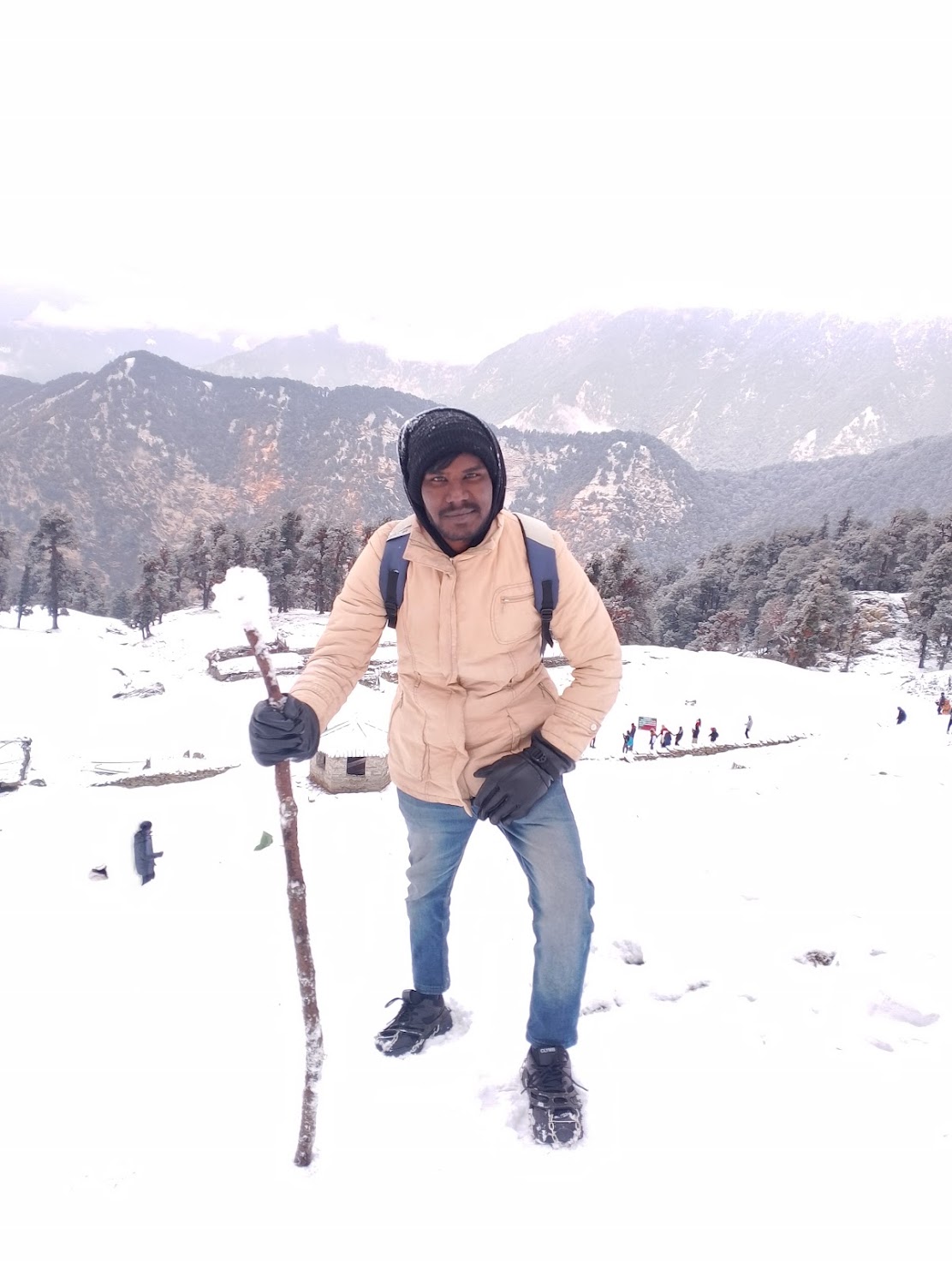
I recently visited Tungnath Temple organised by Tourmyholiday and it was a great experience being a solo traveler i had somewhere a fear of not fulfilling my desire during a trip.The stay,food, management was good and our trek guide and co travelers made it more memorable.Far ways to go with Tourmyholiday
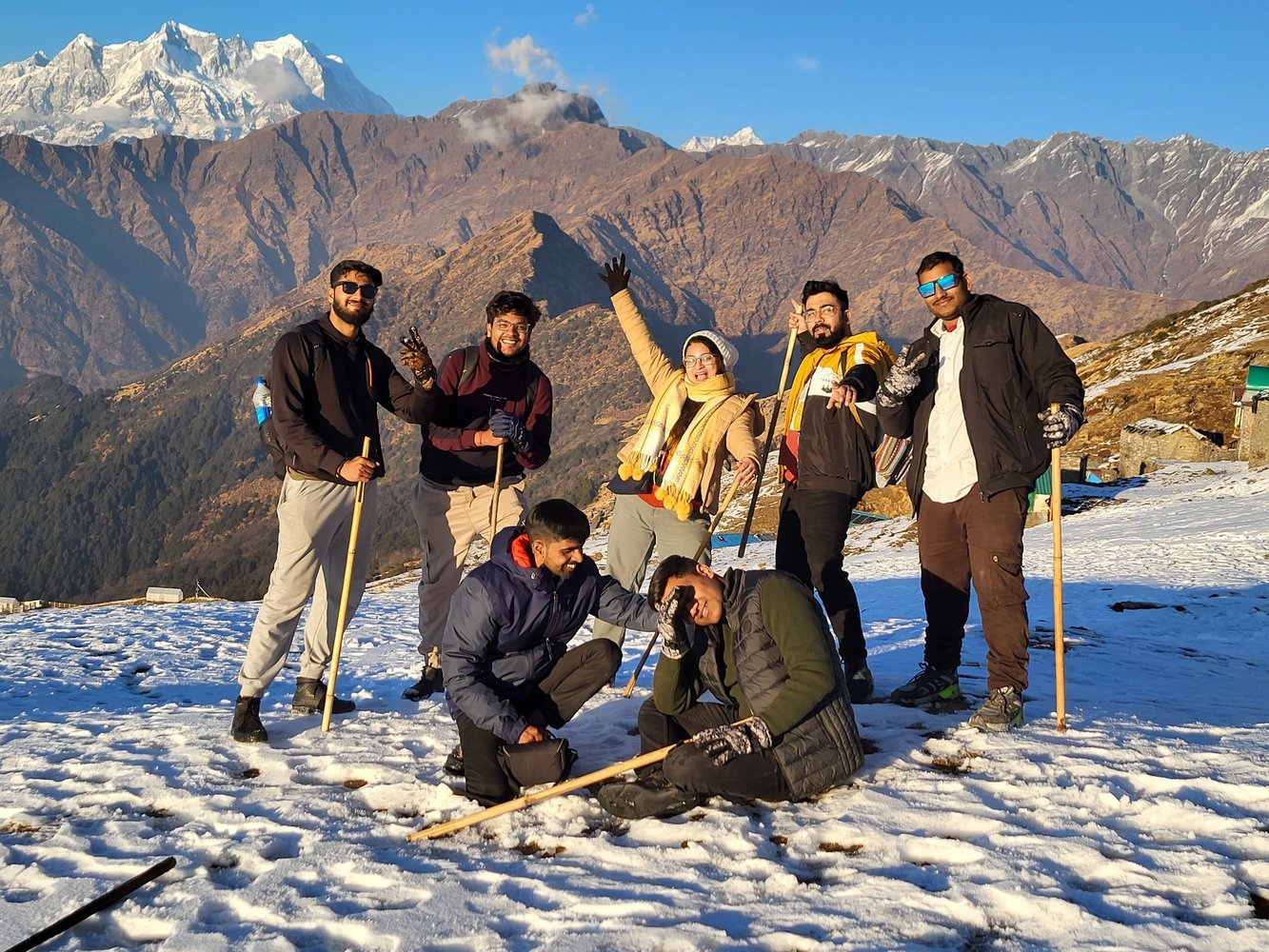
One of best trips I had , met amazing people and clicked a lot of pictures. The coordinator saqib and Joshua were very amazing guides , were very helpful and very attentive towards everyone and very polite , solved issues going out of the way and treated us like a family even though we barely knew each othe
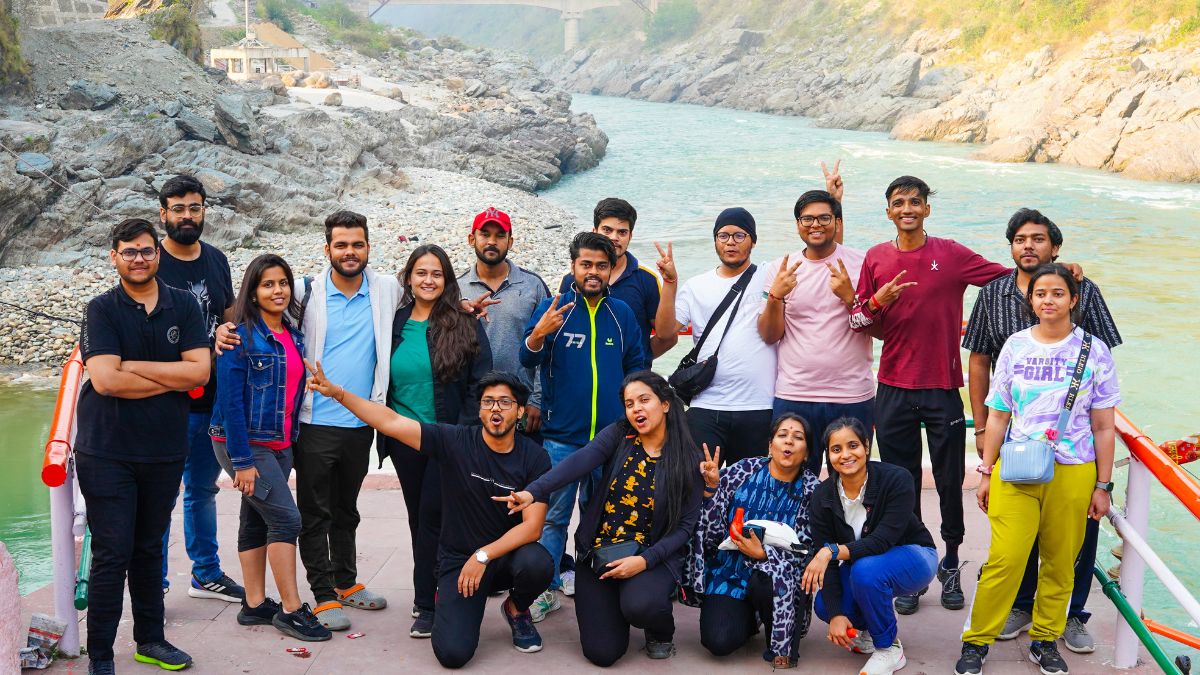
It's been awazing trek experience with our coordinator captain Mr Altaf(managed by Tour my holidays).As this was my first trek and I was worried how to handle everything but best thing I did is to contact Tourmyholiday.They managed everything nicely including food,stay and travel plus coordinator behaviour was quite nice.
Thank you for such a good experience.
My first experience went awesome. Our guide, Zishan, was knowledgeable, friendly, and went above and beyond to ensure we experienced the best of Indian culture. From arranging logistics to providing insightful commentary. As a female traveller safety is most important and i feel secure enough to enjoy everything and have a very fun trip.
.png)
Nyc hospitality.. gud food at stay..

Booked the Tungnath trek with Tour My Holiday, and it was amazing! The team was professional, the trek was well-organized, and the guides were super helpful. Stunning views, great food, and smooth arrangements. Highly recommend for an unforgettable experience!
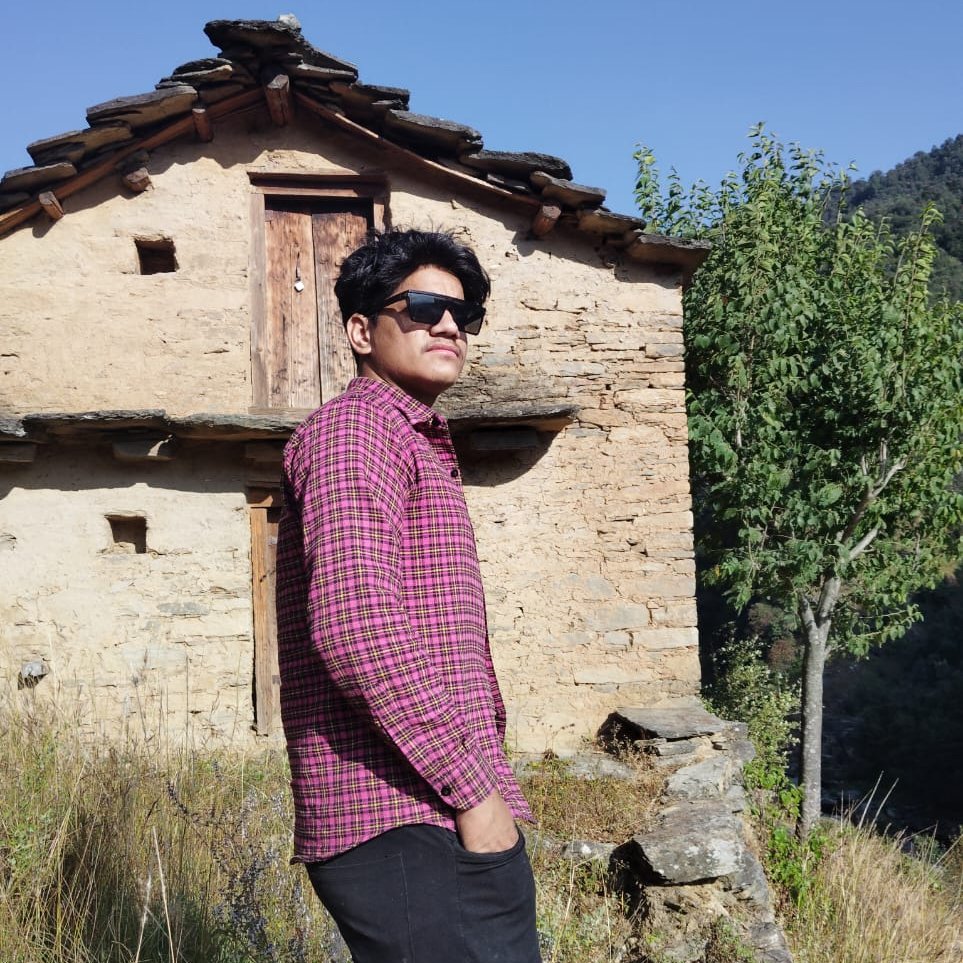
Chopta is truly a paradise for nature lovers! Thanks to TourMyHoliday, my trip was seamless and unforgettable. The breathtaking Himalayan views, lush green meadows, and serene vibes made it a perfect getaway. Highly recommend their services for an amazing experience! – Anuj
.png)
Amazing services
Reach out to us